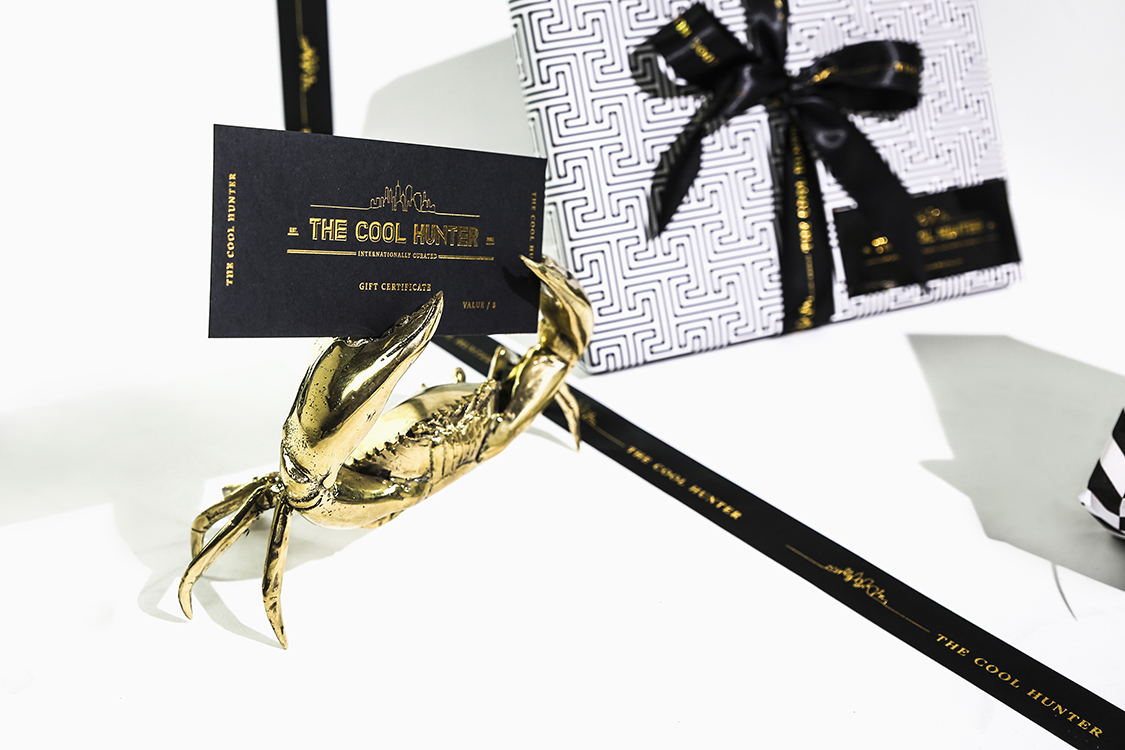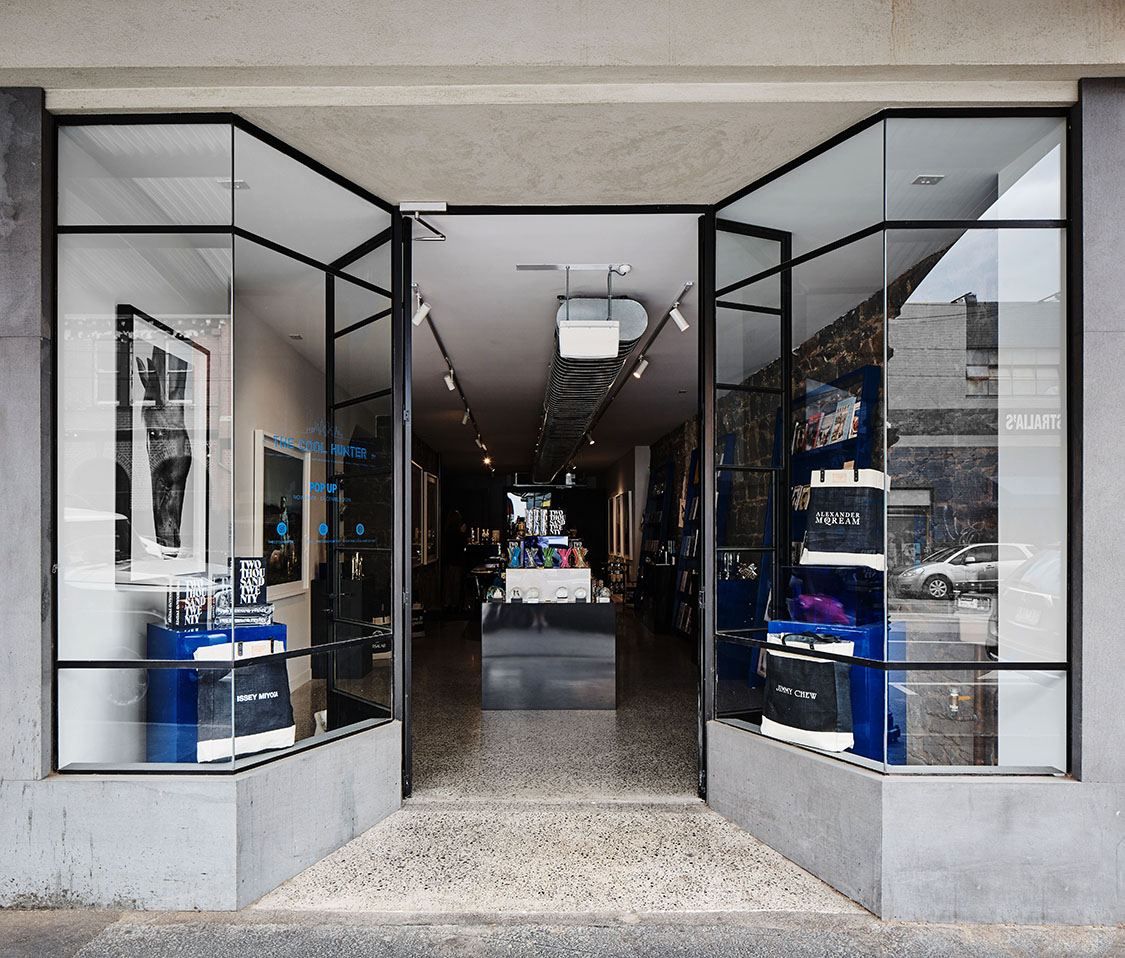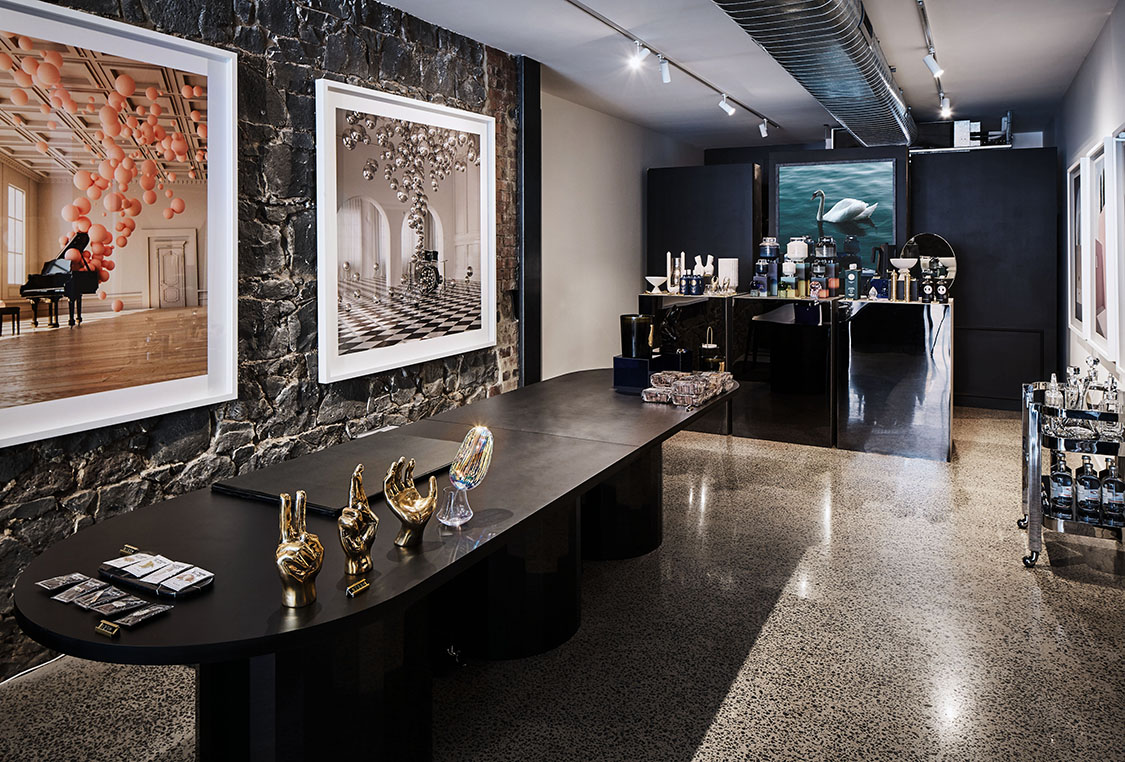The post At The Window/Table – Diana Sosnowska appeared first on The Cool Hunter Journal.
]]>
‘Woman Smoking at The Window’ by UK photographer Diana Sosnowska is a carefully staged photographic self-portrait taken in the artist’s former apartment in Edinburgh, Scotland, on the eve of the pandemic’s spread throughout the UK in 2020.
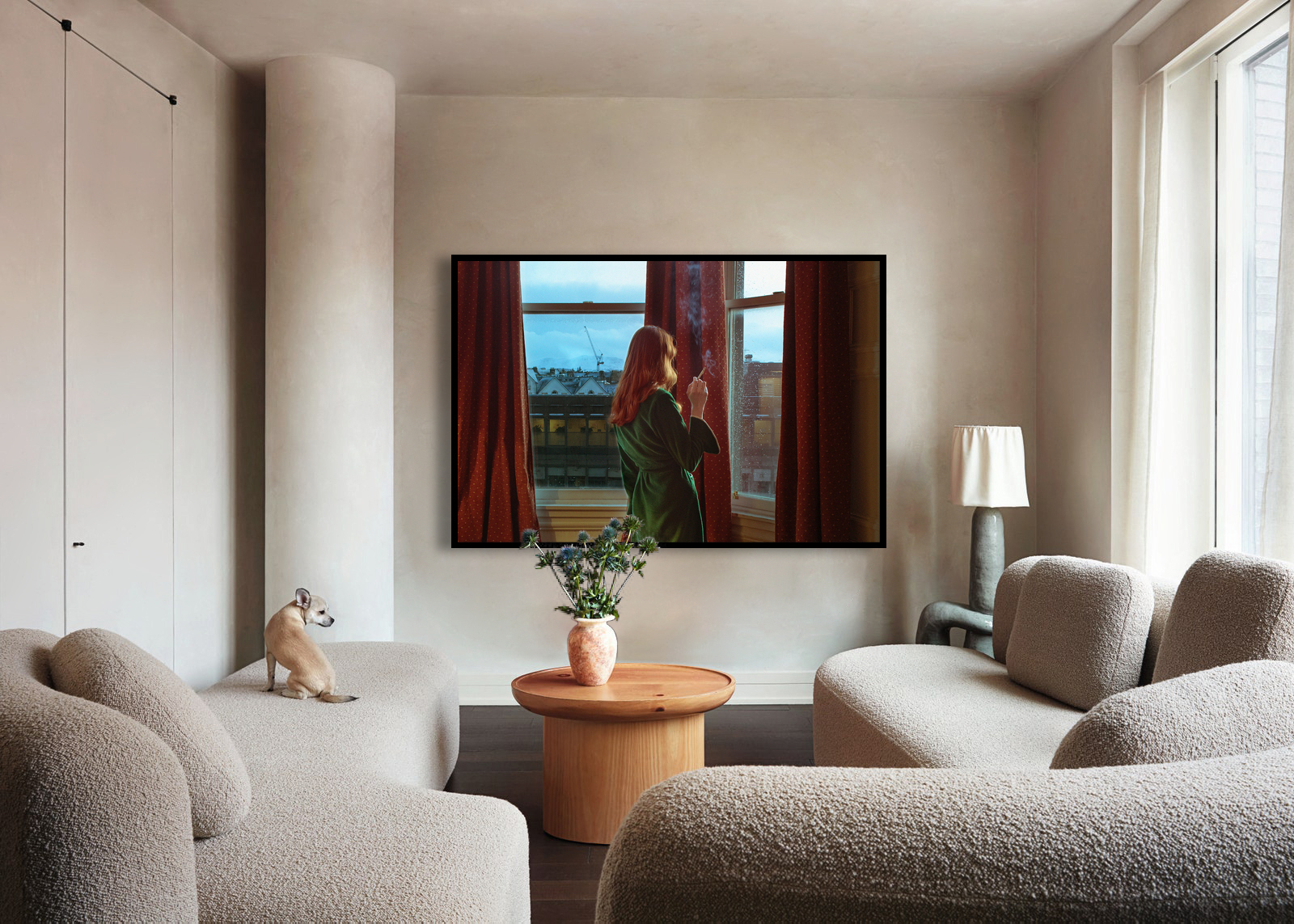 Inspired by midcentury fashion and aesthetics, the photographer references the paintings of Edward Hopper and pays tribute to his 1961 work ‘A Woman in the Sun’. Like Hopper’s piece, the central figure gazes outside the frame while gently illuminated by the muted light of the otherwise bleak grey horizons, both literal and metaphoric.
Inspired by midcentury fashion and aesthetics, the photographer references the paintings of Edward Hopper and pays tribute to his 1961 work ‘A Woman in the Sun’. Like Hopper’s piece, the central figure gazes outside the frame while gently illuminated by the muted light of the otherwise bleak grey horizons, both literal and metaphoric.
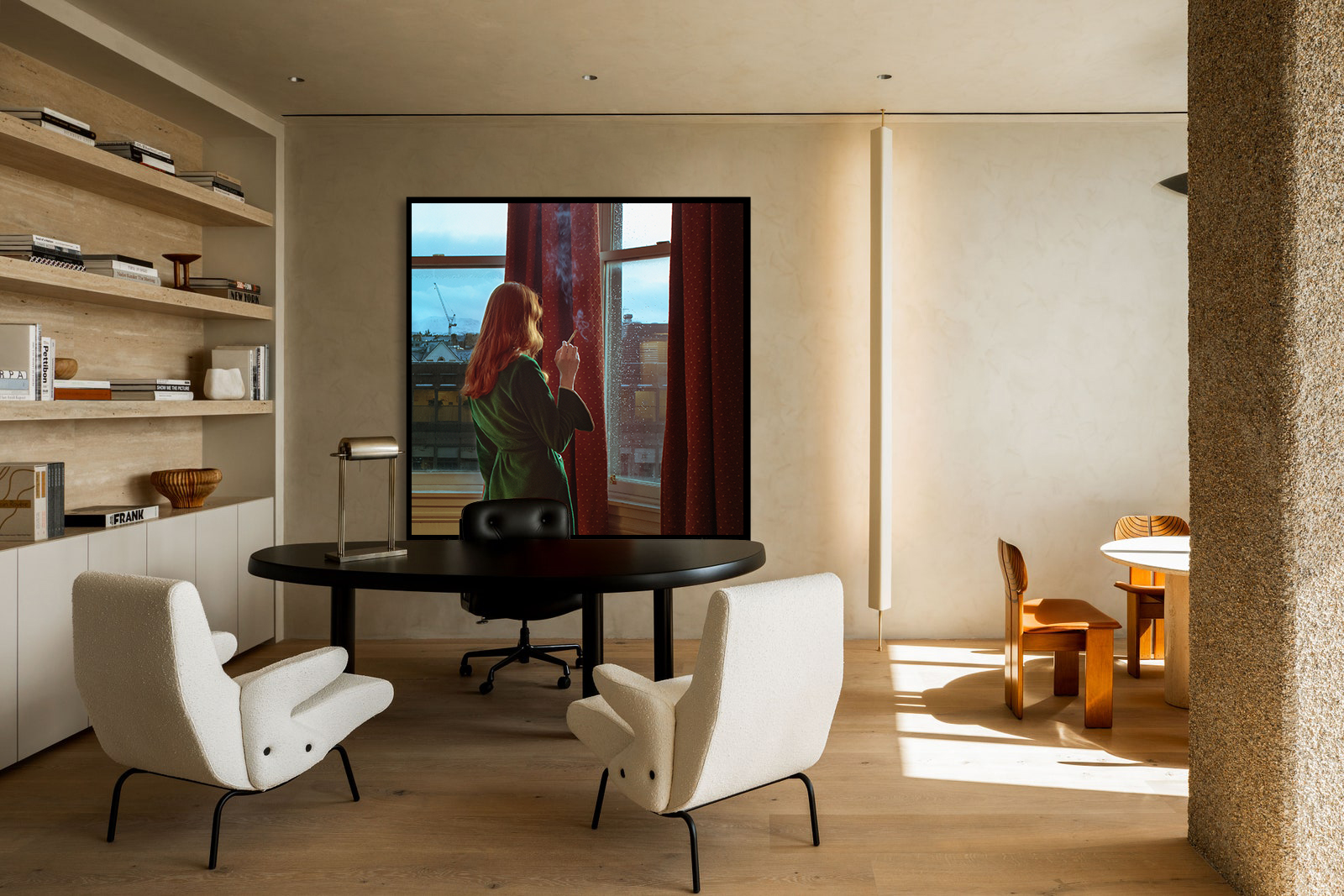 This dull but yellow light casts an ineffable aura around the subject, only compounded by her averted posture. The melancholy mood which permeates the composition is further emphasised by a restrained palette of soft yet nostalgic tones. The viewer is placed in the middle ground, occupying the void between artist and subject, a voyeuristic role assigned to us by the photographer and cued by her oft symbolic use of windows. Sosnowska invites the viewer to collect her carefully staged details and weave them together to form a narrative. Available to purchase online here
This dull but yellow light casts an ineffable aura around the subject, only compounded by her averted posture. The melancholy mood which permeates the composition is further emphasised by a restrained palette of soft yet nostalgic tones. The viewer is placed in the middle ground, occupying the void between artist and subject, a voyeuristic role assigned to us by the photographer and cued by her oft symbolic use of windows. Sosnowska invites the viewer to collect her carefully staged details and weave them together to form a narrative. Available to purchase online here
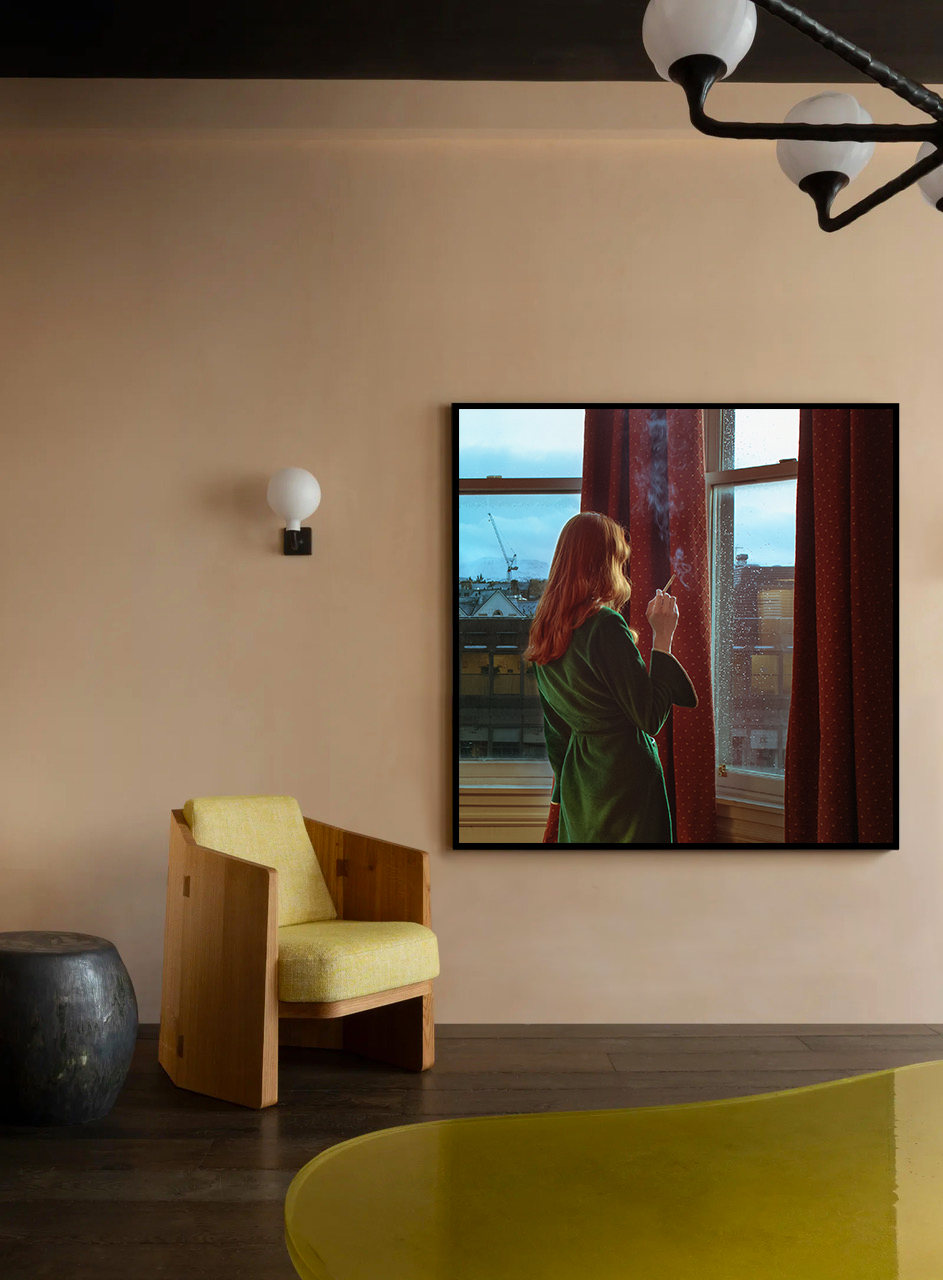
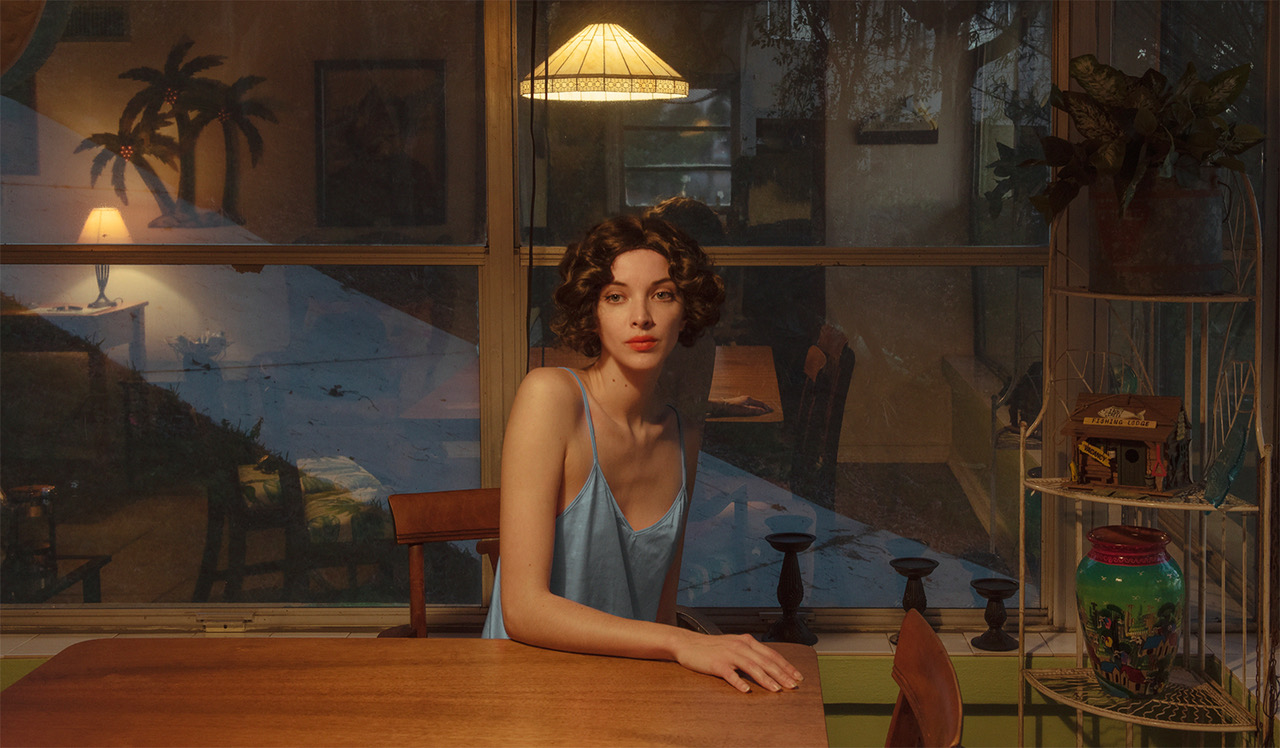
The characters UK photographer Diana Sosnowska embodies in her photographic self-portraits aren’t randomly pulled from the ether. Her heroines are meticulously constructed from disparate sources.
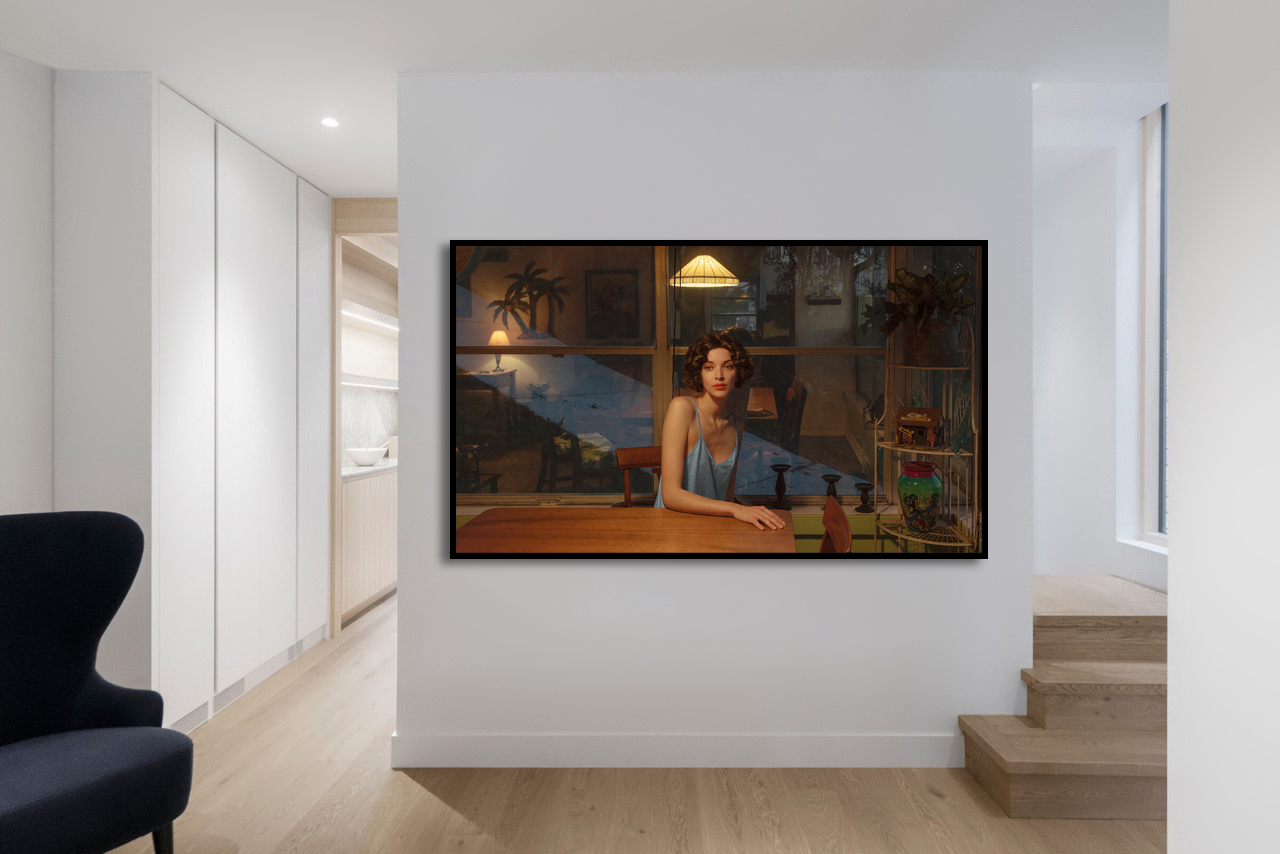 They can be infused with the pathos of one of Euripedes’ heroines or drawn from an episode of the Twilight Zone, but always fabricated in a midcentury aesthetic from whence she draws so much inspiration.
They can be infused with the pathos of one of Euripedes’ heroines or drawn from an episode of the Twilight Zone, but always fabricated in a midcentury aesthetic from whence she draws so much inspiration.
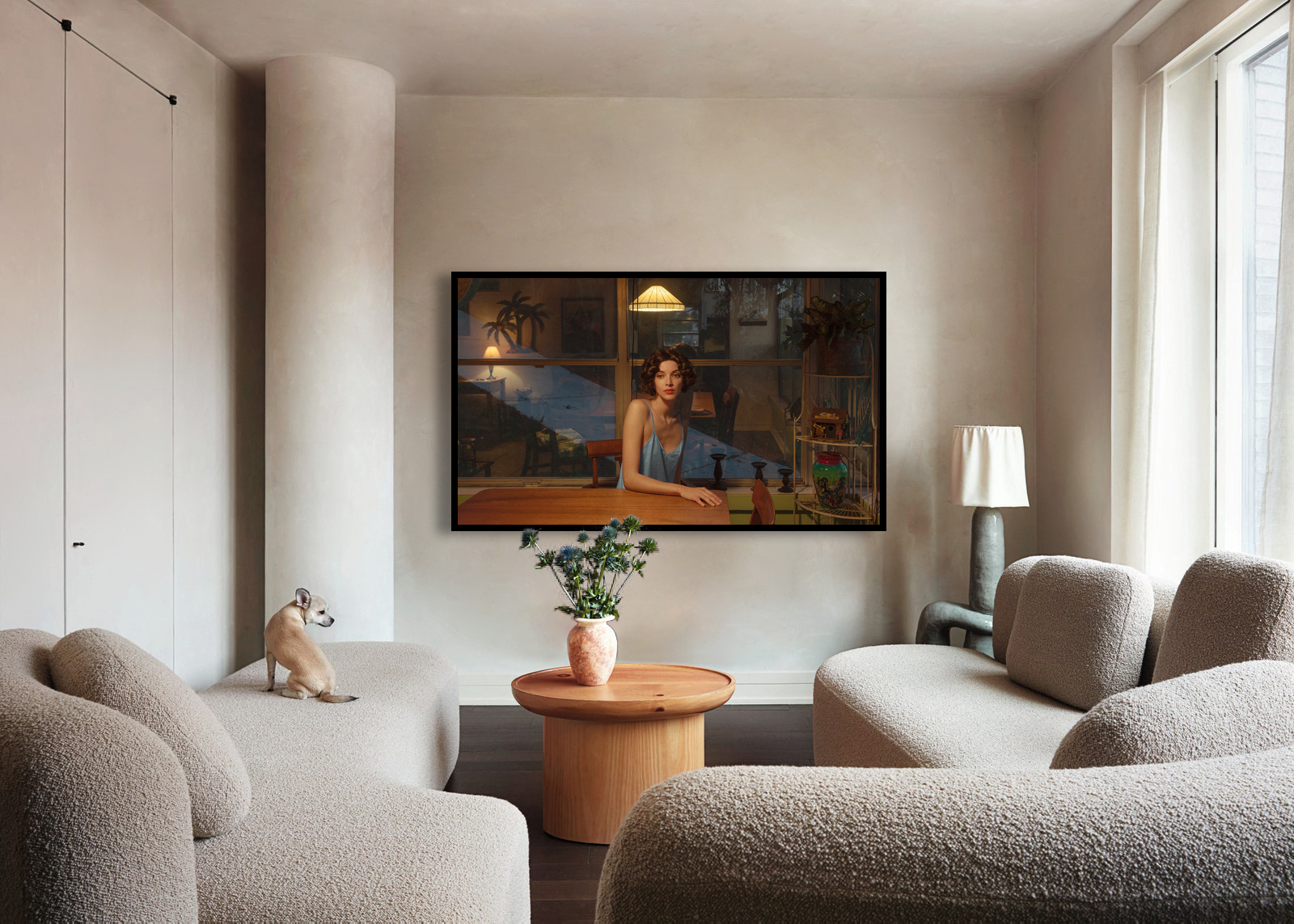 Staged in a lake-side cottage in Florida, ‘At the table’ consciously references artist Edward Hopper’s 1914 painting ‘Soir Bleu’. Similarly to Hoper’s piece, ‘At the Table’ has a central theme of melancholic detachment represented in the central figure’s aversion to the viewer’s glare. We see Sosnowska using her familiar stylistic trope of a window in the frame to highlight the viewer’s voyeurism, a subtle reminder that we’re looking in but are also detached and removed from the subject. By placing this disconnect between us and the subject, the photographer creates the space for the viewer to invent their own narrative.
Staged in a lake-side cottage in Florida, ‘At the table’ consciously references artist Edward Hopper’s 1914 painting ‘Soir Bleu’. Similarly to Hoper’s piece, ‘At the Table’ has a central theme of melancholic detachment represented in the central figure’s aversion to the viewer’s glare. We see Sosnowska using her familiar stylistic trope of a window in the frame to highlight the viewer’s voyeurism, a subtle reminder that we’re looking in but are also detached and removed from the subject. By placing this disconnect between us and the subject, the photographer creates the space for the viewer to invent their own narrative.
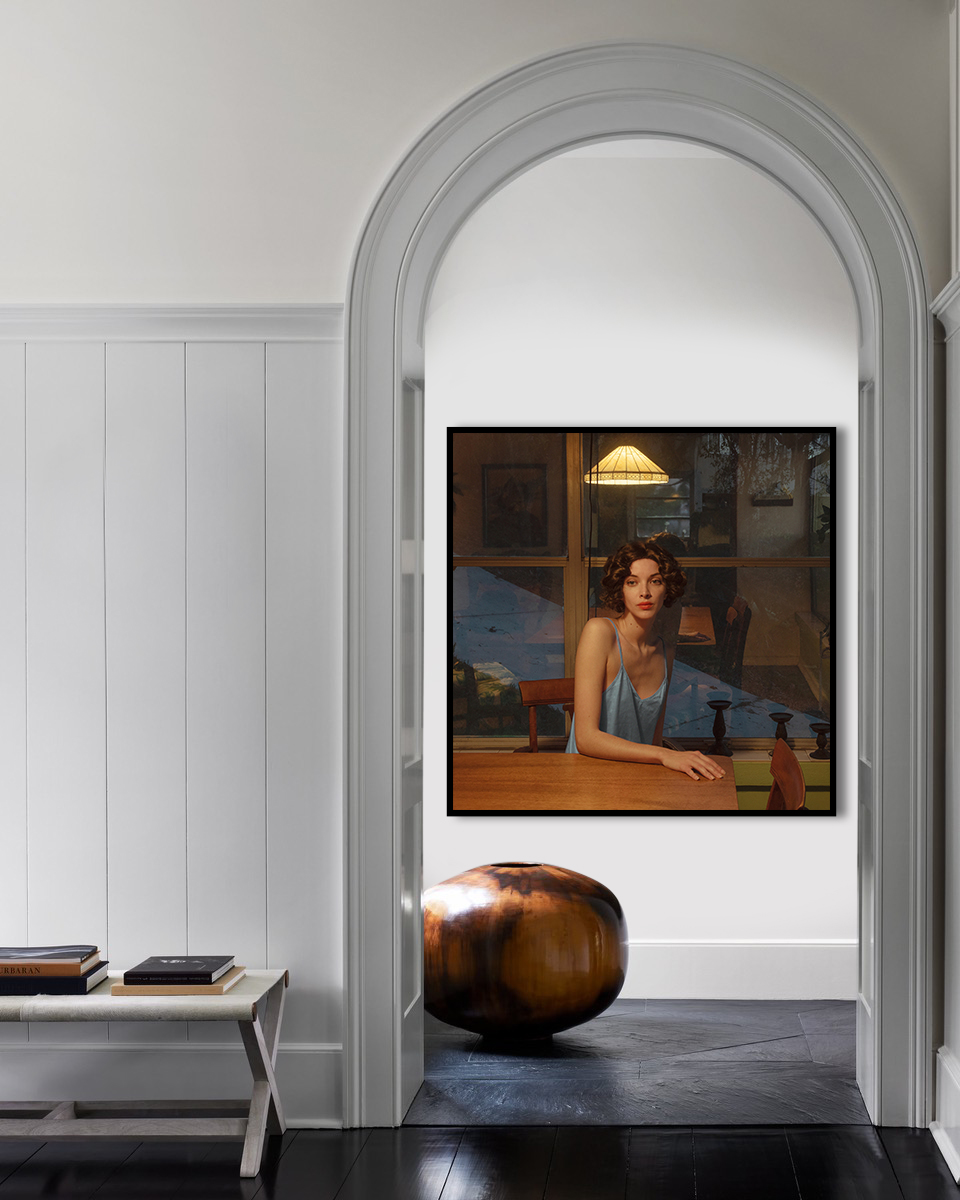
Available to purchase exclusively online here.
The post At The Window/Table – Diana Sosnowska appeared first on The Cool Hunter Journal.
]]>The post Yuntai Mountain Ice Chrysanthemum showroom, Xiuwu County, Henan Province, China appeared first on The Cool Hunter Journal.
]]>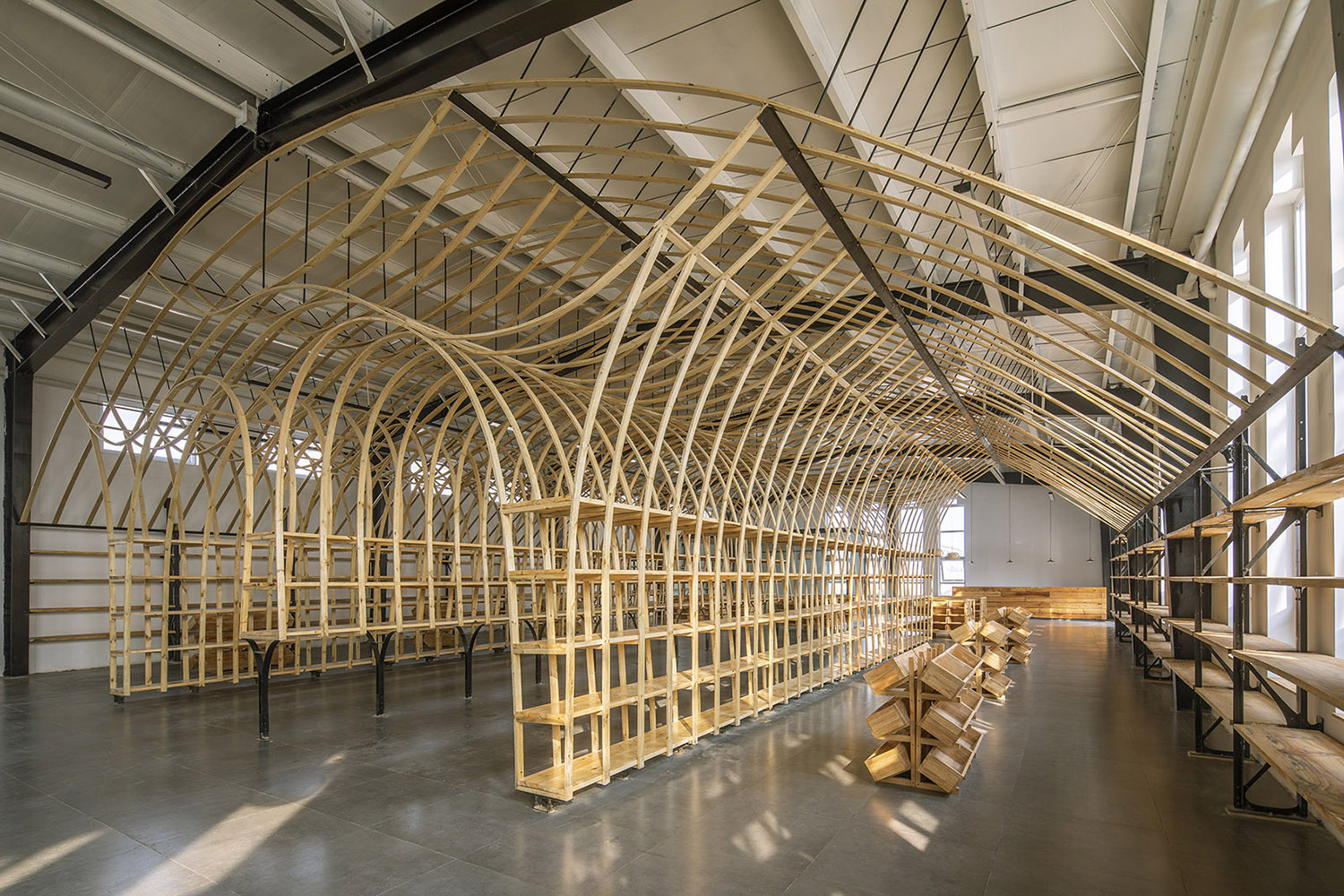
With smart design, basic local craft skills and a flexible experimental attitude, even the most ordinary warehouse-like space can become an appealing selling environment.
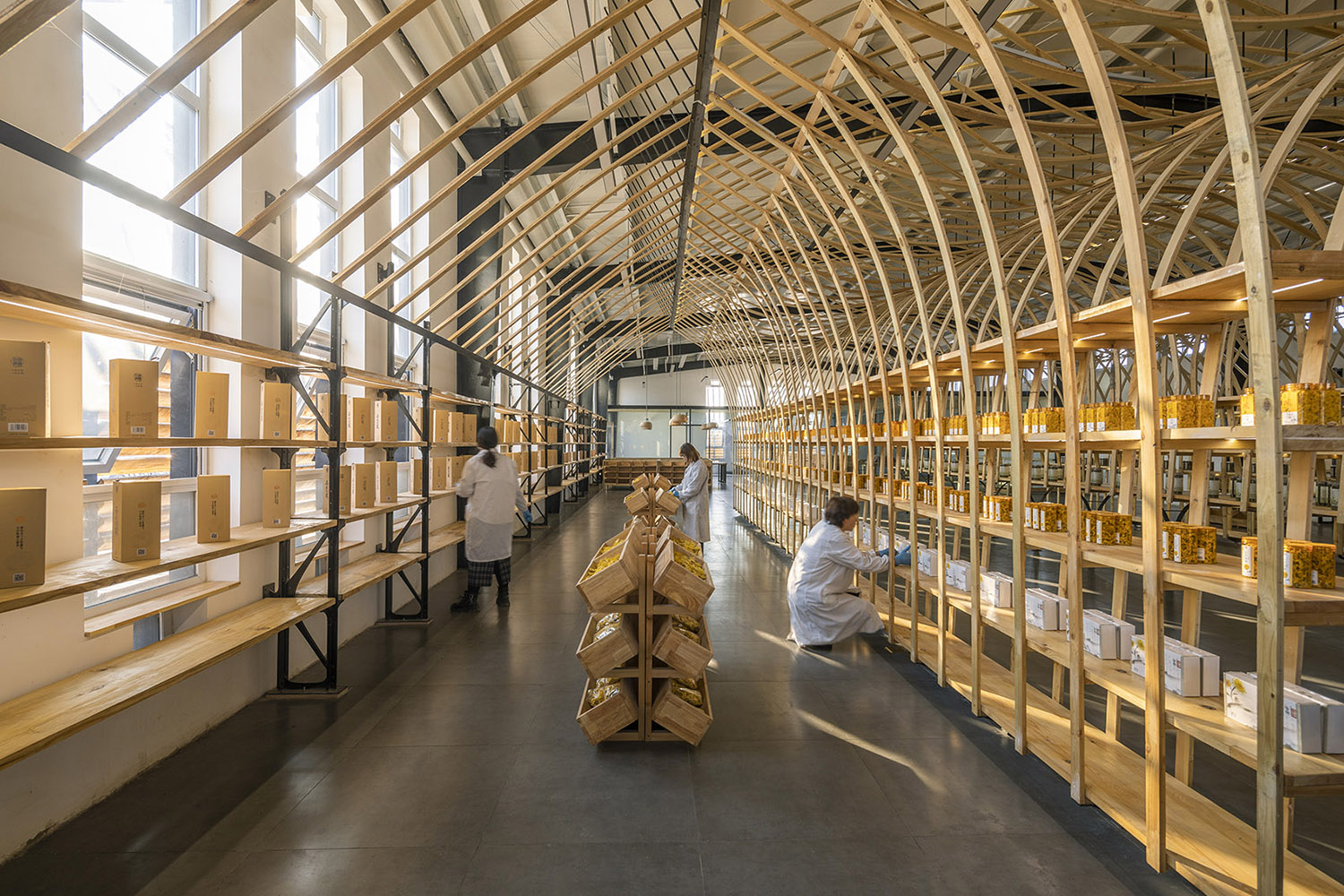
This was recently proven in the Yuntai Ice Chrysanthemum Industry Park in Houyanmen Village in Huanfeng Town, where Beijing-based LUO Studio www.luostudio.cn transformed a hurriedly built steel-frame warehouse into a locally relevant, charming display space by creating a delicate-looking wooden sub-structure inside the bland hall.
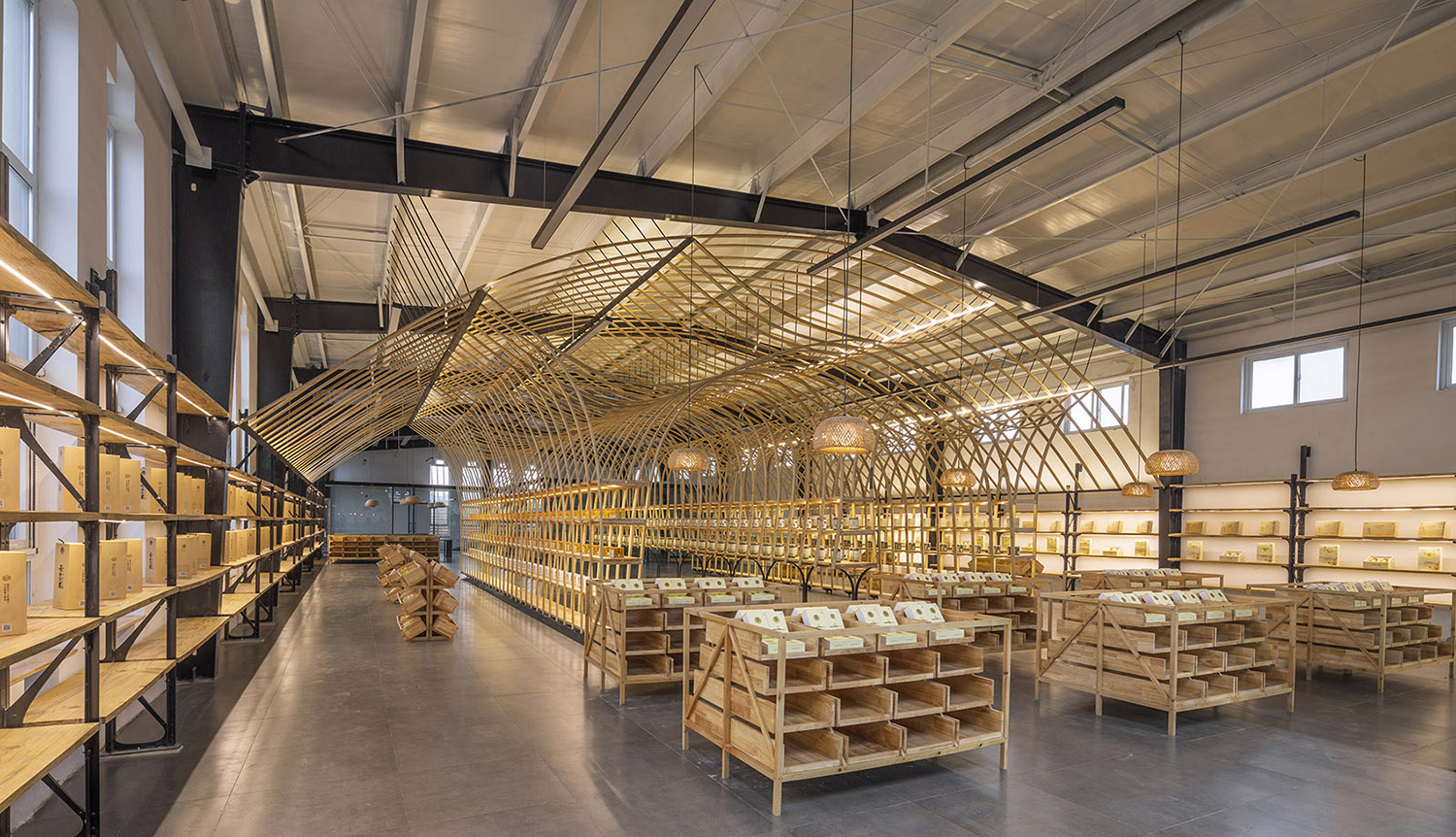
The purpose of this specific building is to function as a display area and showroom for the region’s famous Ice Chrysanthemum products that have a multitude of medicinal and cosmetic uses. The selling channels of these products from this space include hosted tour groups, franchisee marketing and livestreaming. It was also becoming clear that because of social media and online channels, the physical selling and display environment have become crucially important.
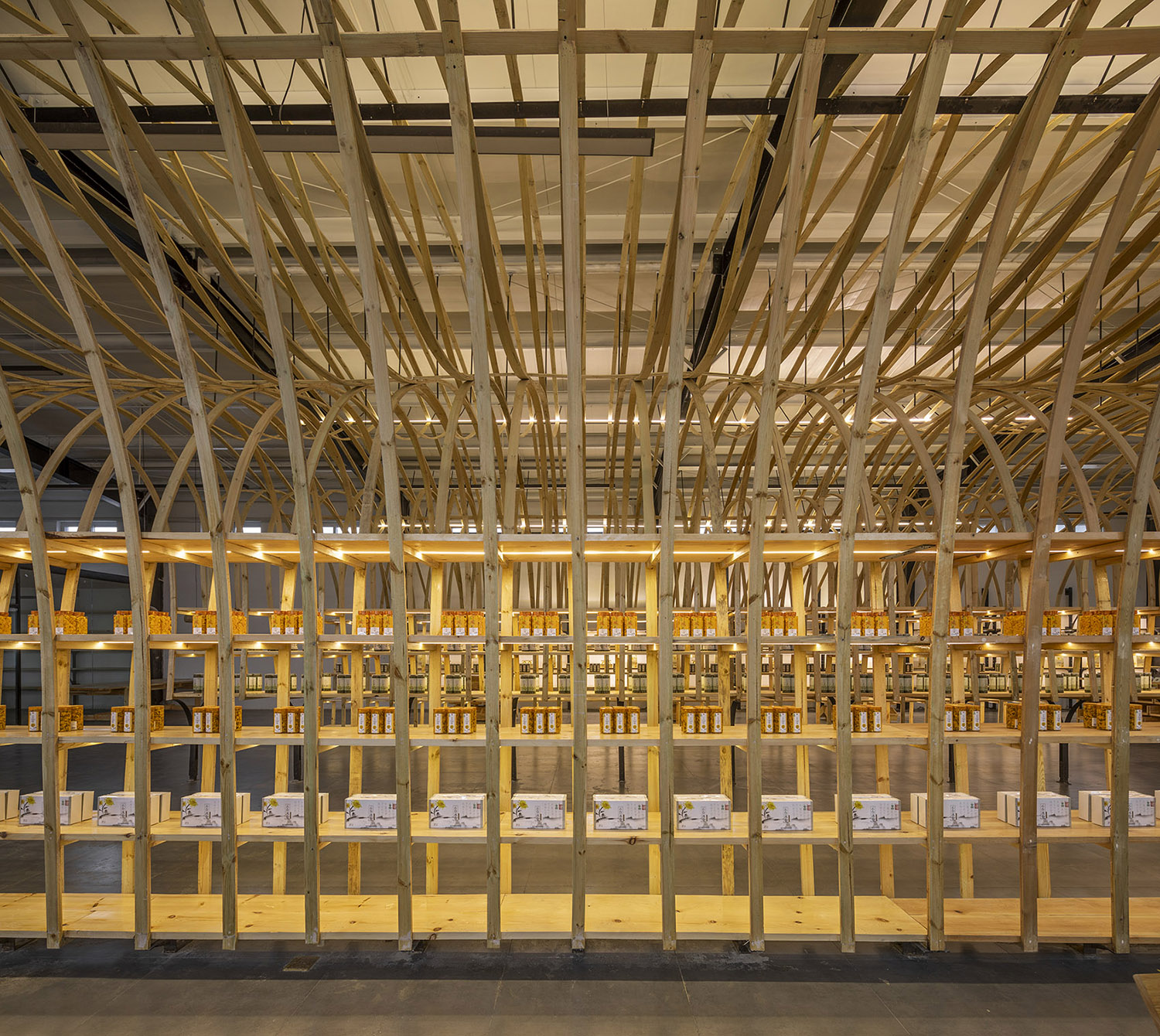
In addition, the pandemic has interrupted the influx of tour groups and the ice chrysanthemum plantations in the village have suffered severe production decrease because of recent floods. All this required the space not only to help boost sales but also do it with minimum costs.
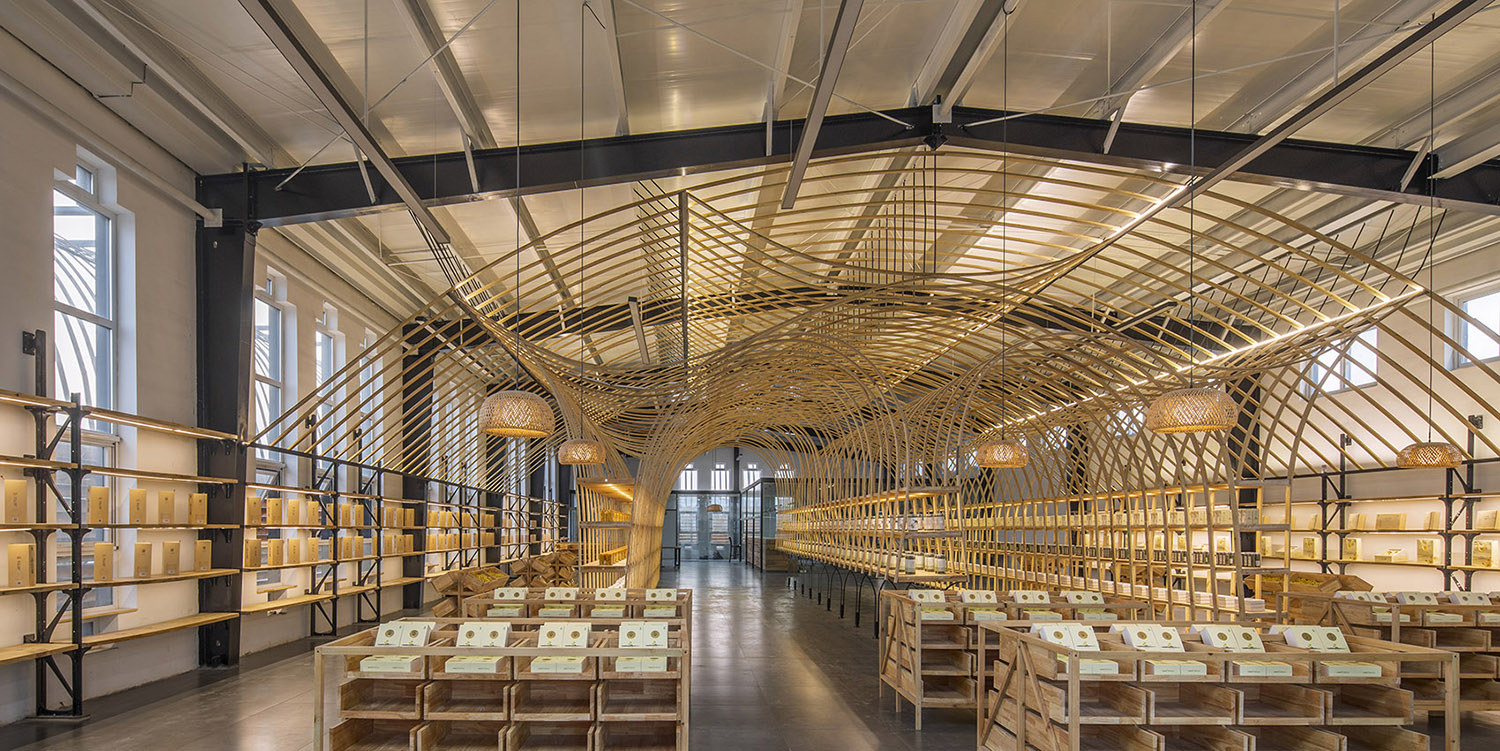
Designers and construction instructors Luo Yujie, Wang Beilei, Huang Shangwan, Zhang Chen of LUO Studio worked with local people to create the 602 square-metre (6,480 sq.ft) exhibition space with all this in mind. Local affordable materials, and uncomplicated techniques that did not require special equipment or specialised skills, were the answer. LUO Studio chose thin wooden panels with a high lumber recovery rate manufactured by a local timber factory as main construction material. The panels can be assembled by hand and easily relocated and reused.

Onsite experimentation helped the designers and local workers to arrive at the best solutions especially in terms of bending the wood to an optimal, safe shape. The result is a delicate and organic-looking display area that is thoroughly local, and cleverly disguises the unseemly industrial hall.
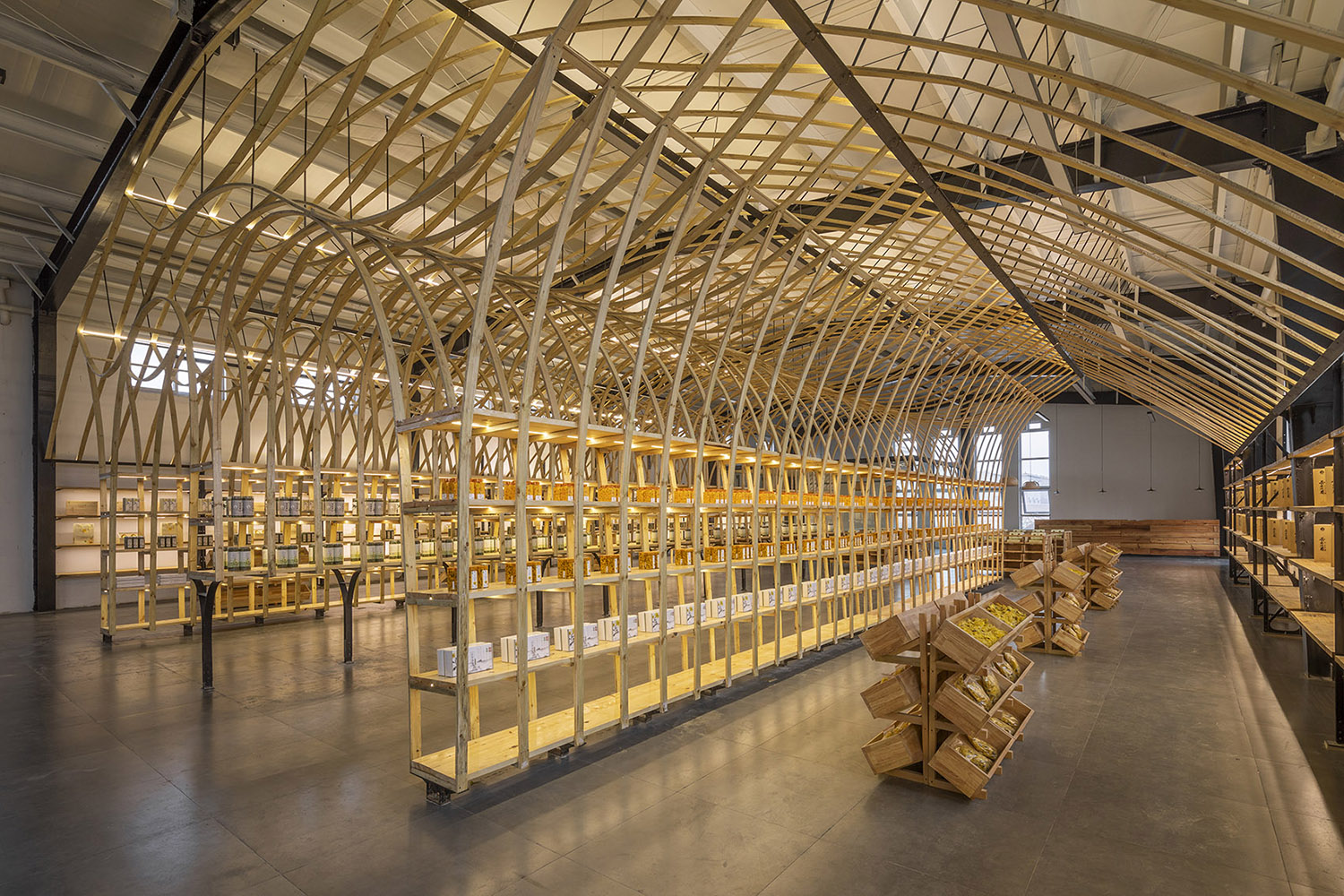
Luo Yujie, founder of LUO Studio, is known for his creative and bold design solutions using reclaimed materials, especially wood. His award-winning project include the Longfu Life Experience Center and the Luontuwan Pergola. He often strives to counter the quick-and-cheap construction characteristics of governmental bodies with the smart use of local materials and craft skills, and with the reuse and recyclability of materials.
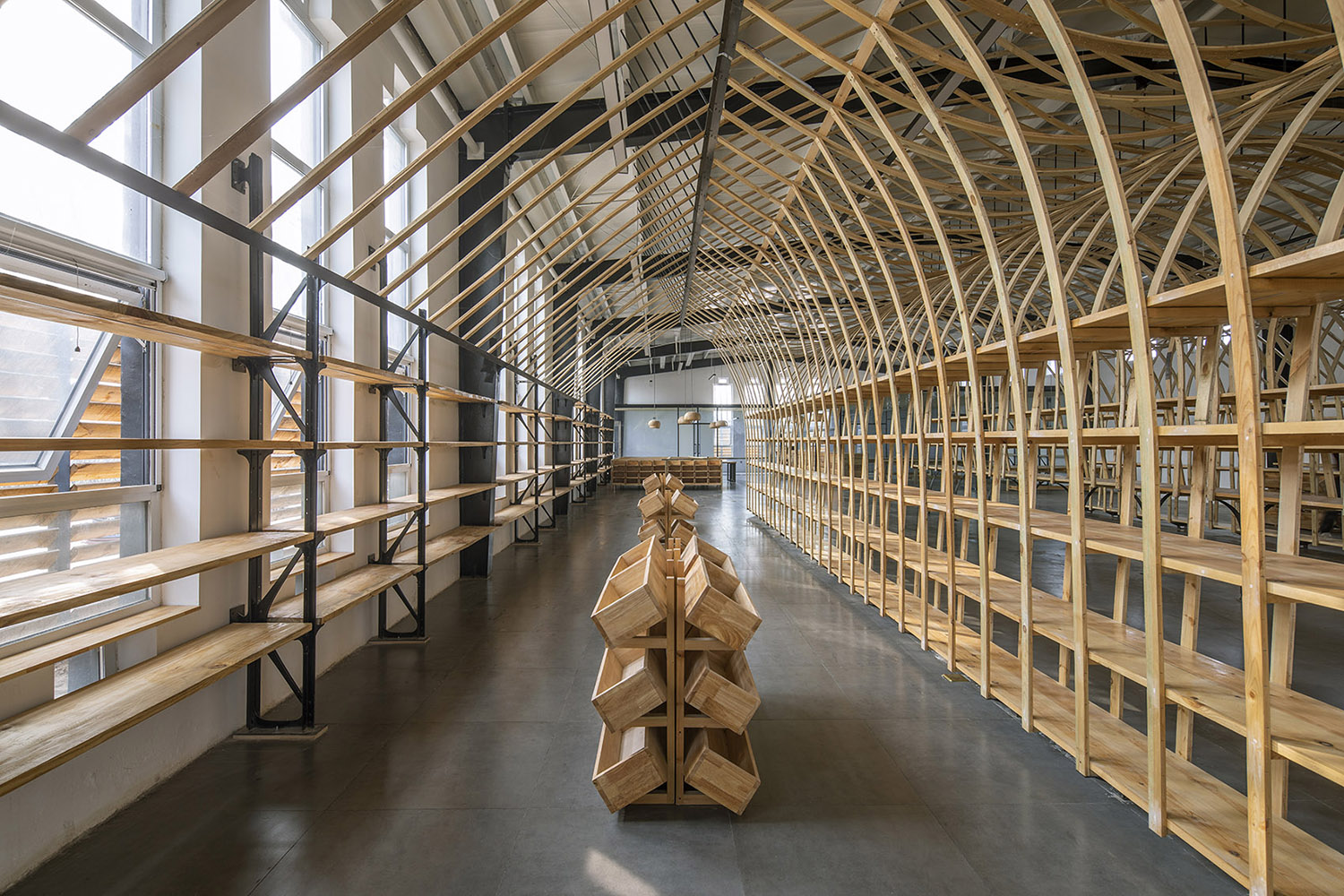
Yuntai Mountain is located in the Yuntai Geo Park, a popular tourist attraction with its impressive rugged nature including Yuntai Waterfall which at 314 metres (1,030 ft) said to be the tallest in China. Tuija Seipell
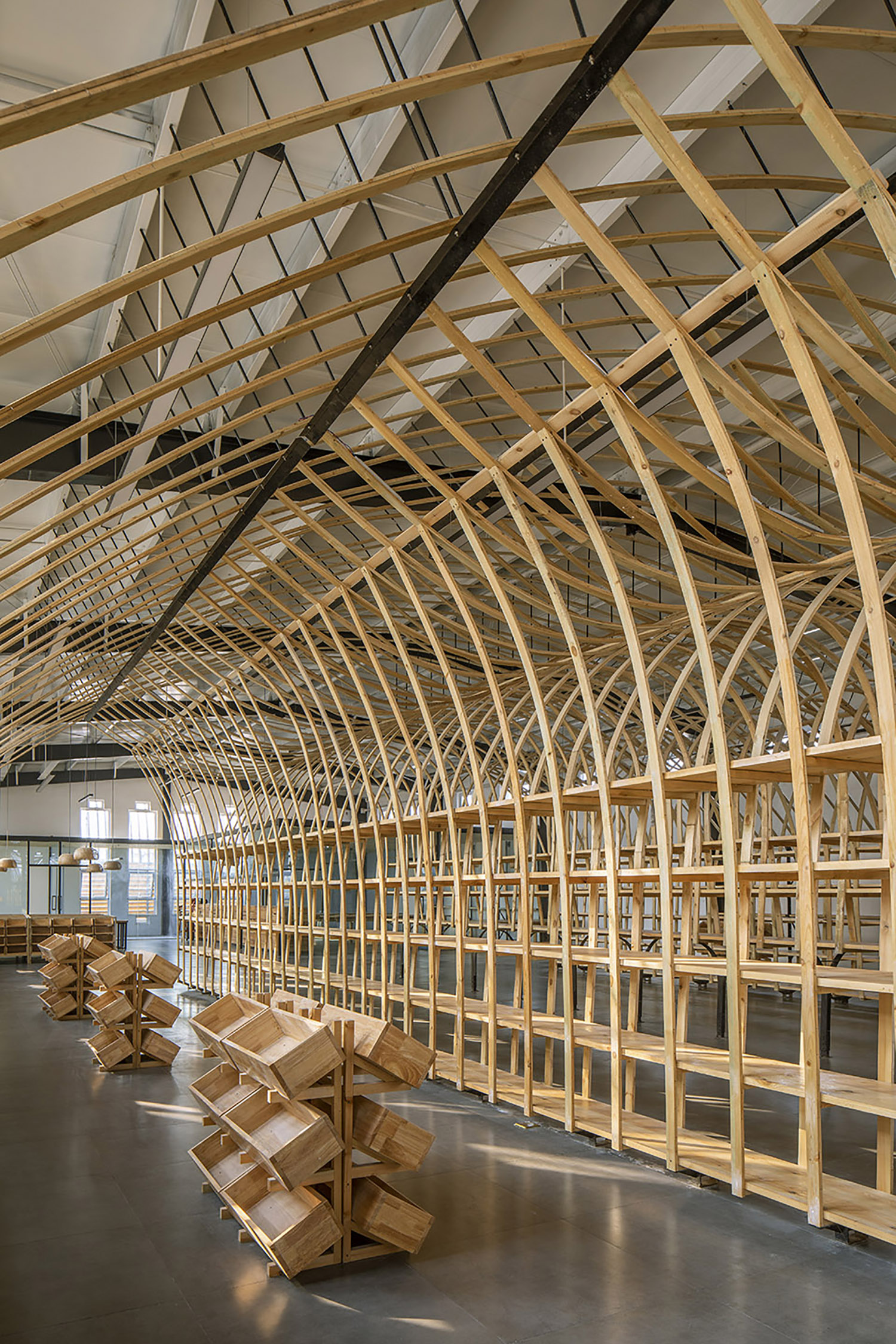
Images: Weiqi Jin
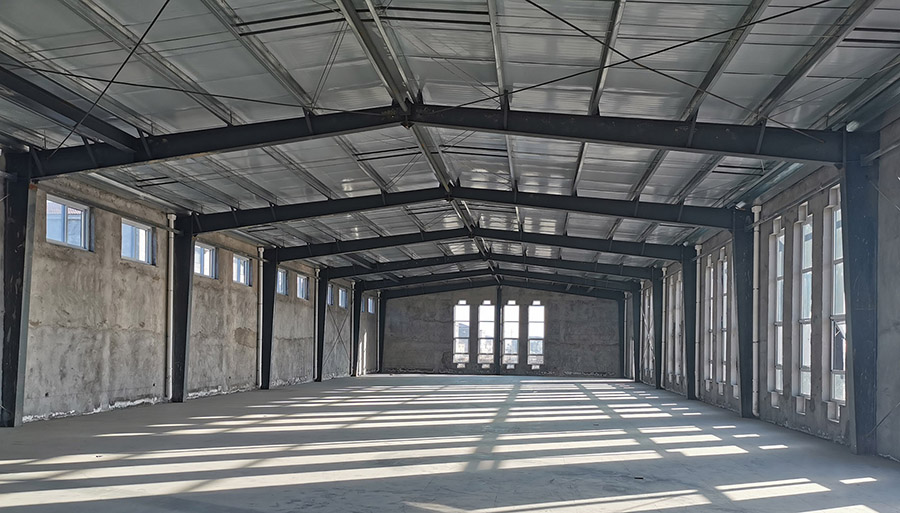
The post Yuntai Mountain Ice Chrysanthemum showroom, Xiuwu County, Henan Province, China appeared first on The Cool Hunter Journal.
]]>The post The Salon – Yiorgos Kaplanidis appeared first on The Cool Hunter Journal.
]]>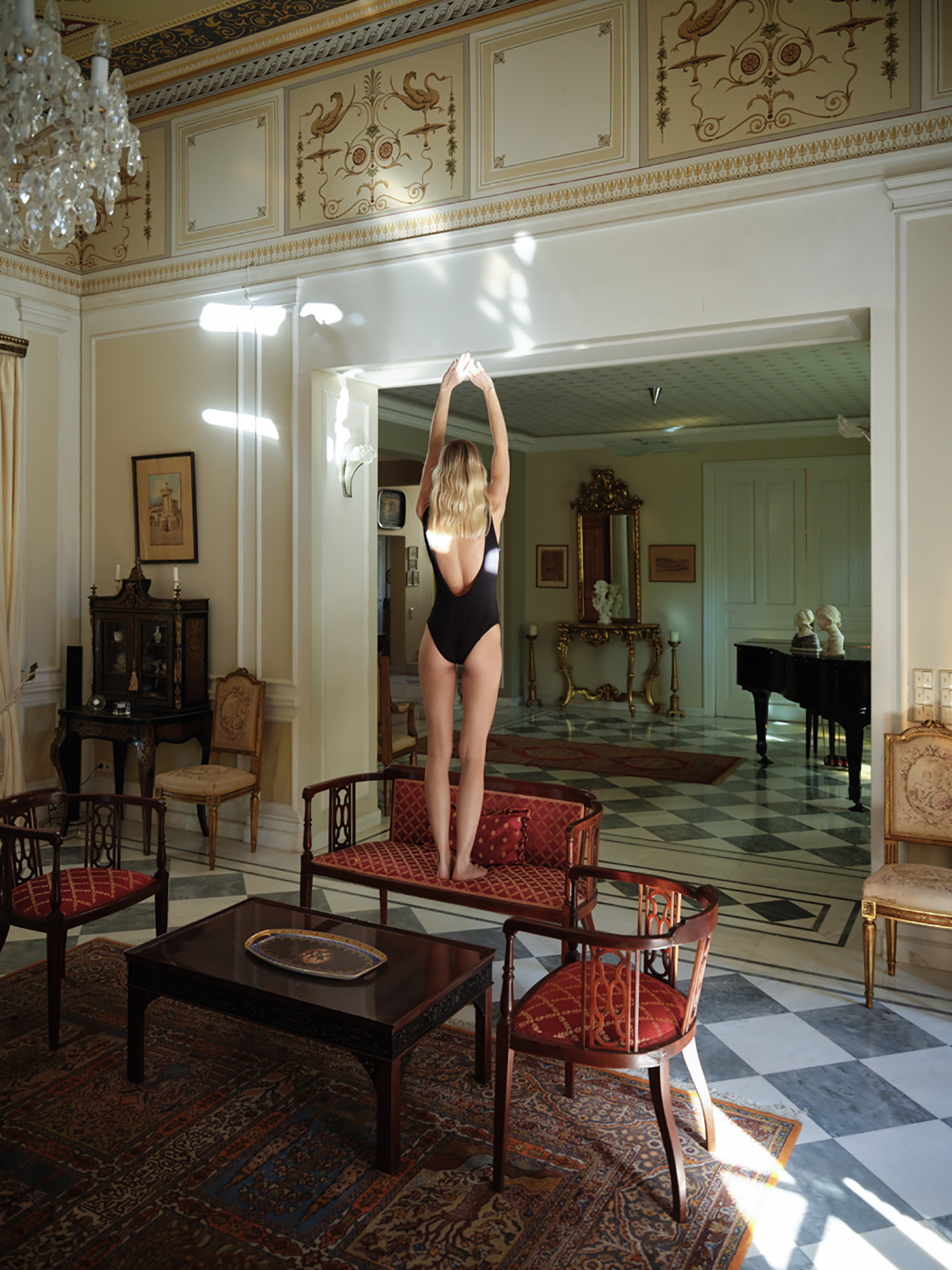
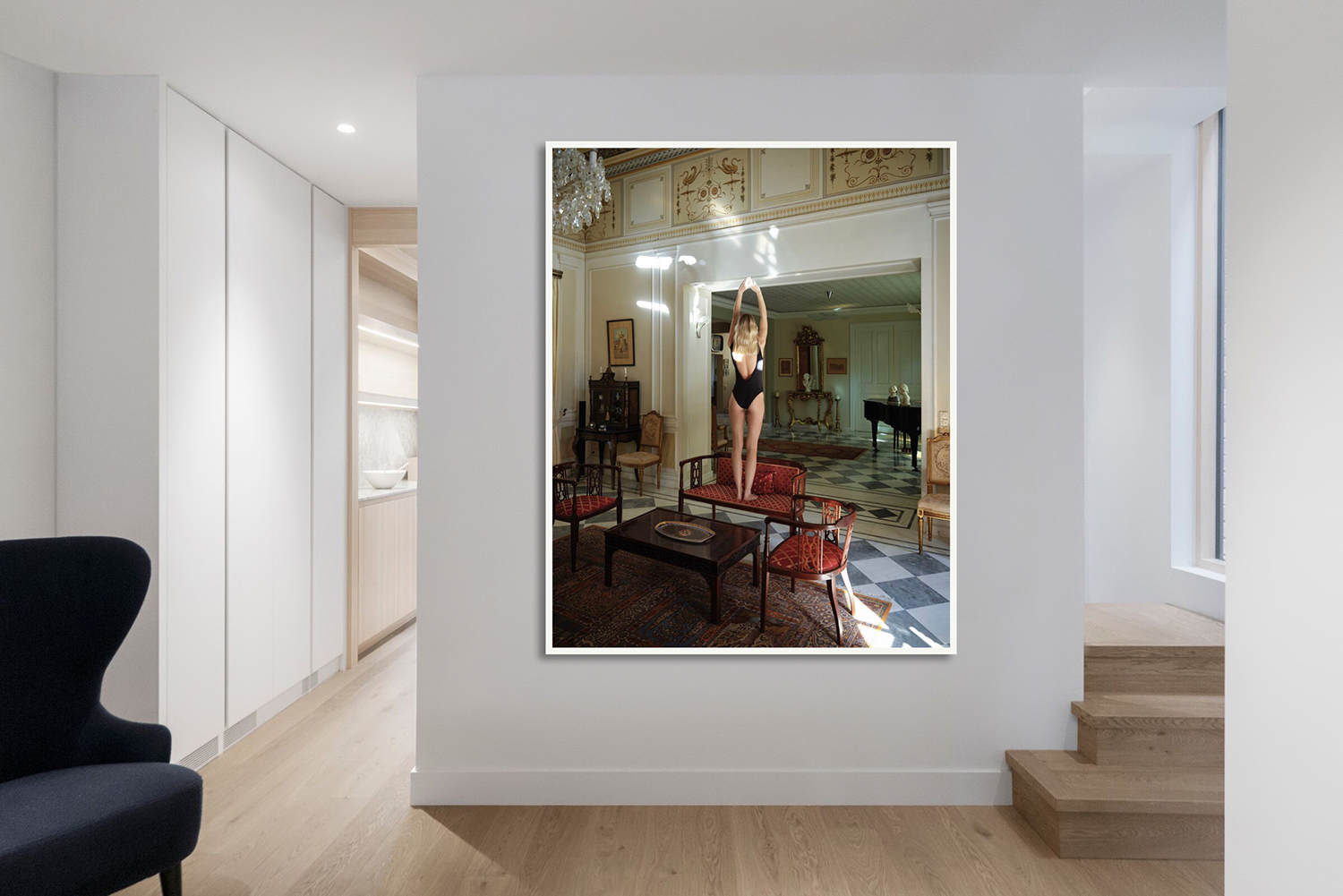
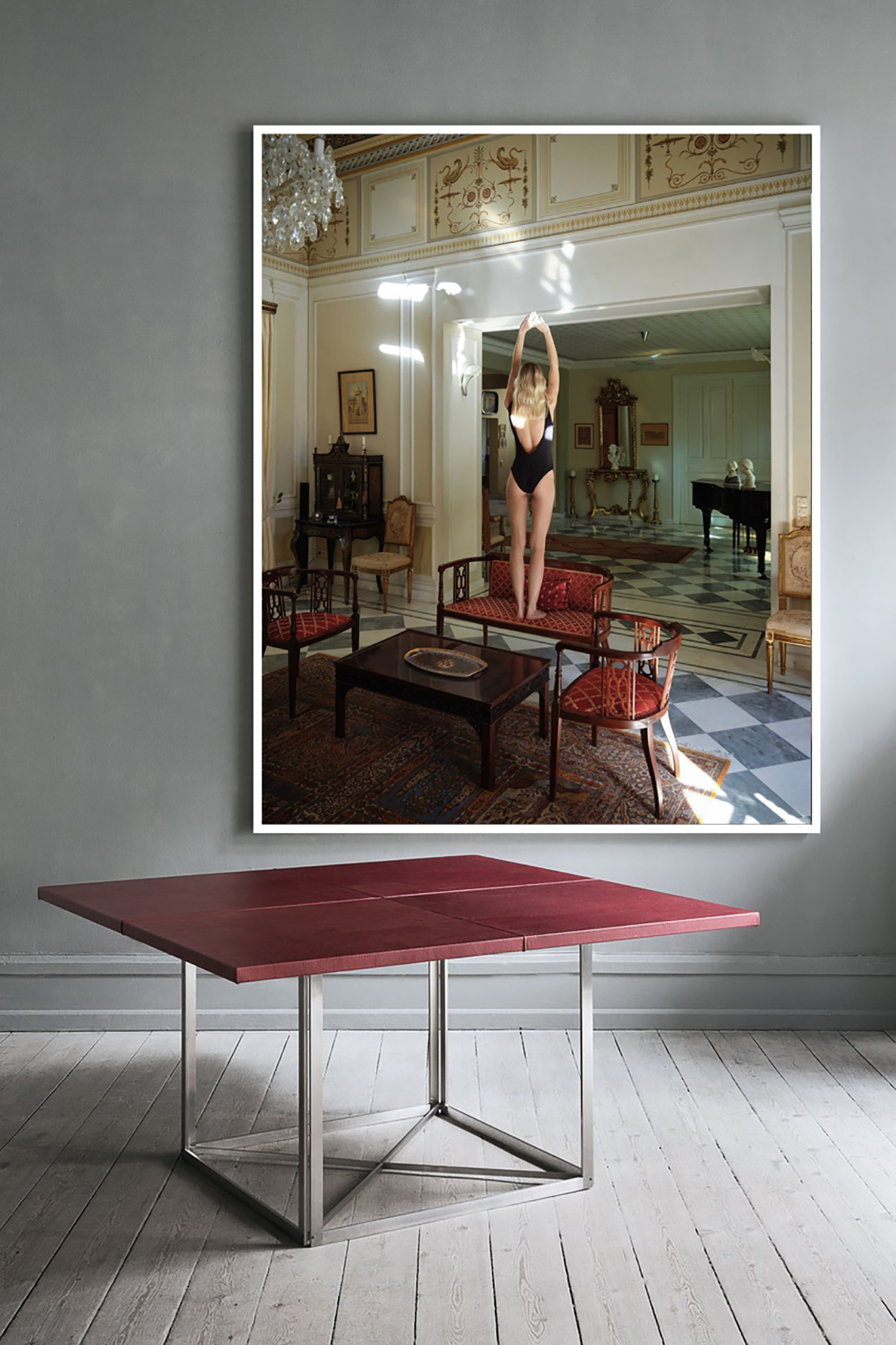
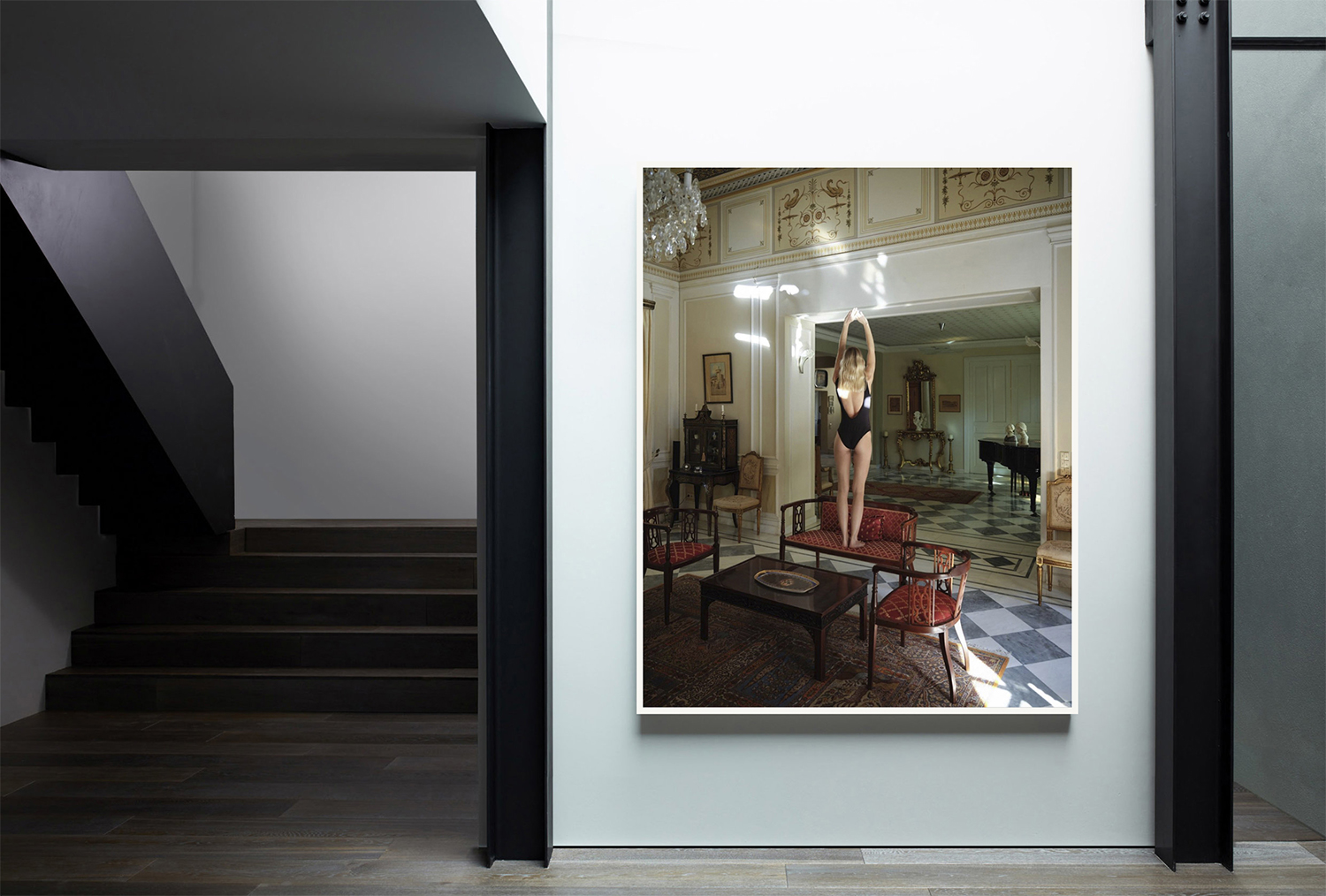
The post The Salon – Yiorgos Kaplanidis appeared first on The Cool Hunter Journal.
]]>The post Casa Le Tigre Print – Massimo Colonna appeared first on The Cool Hunter Journal.
]]>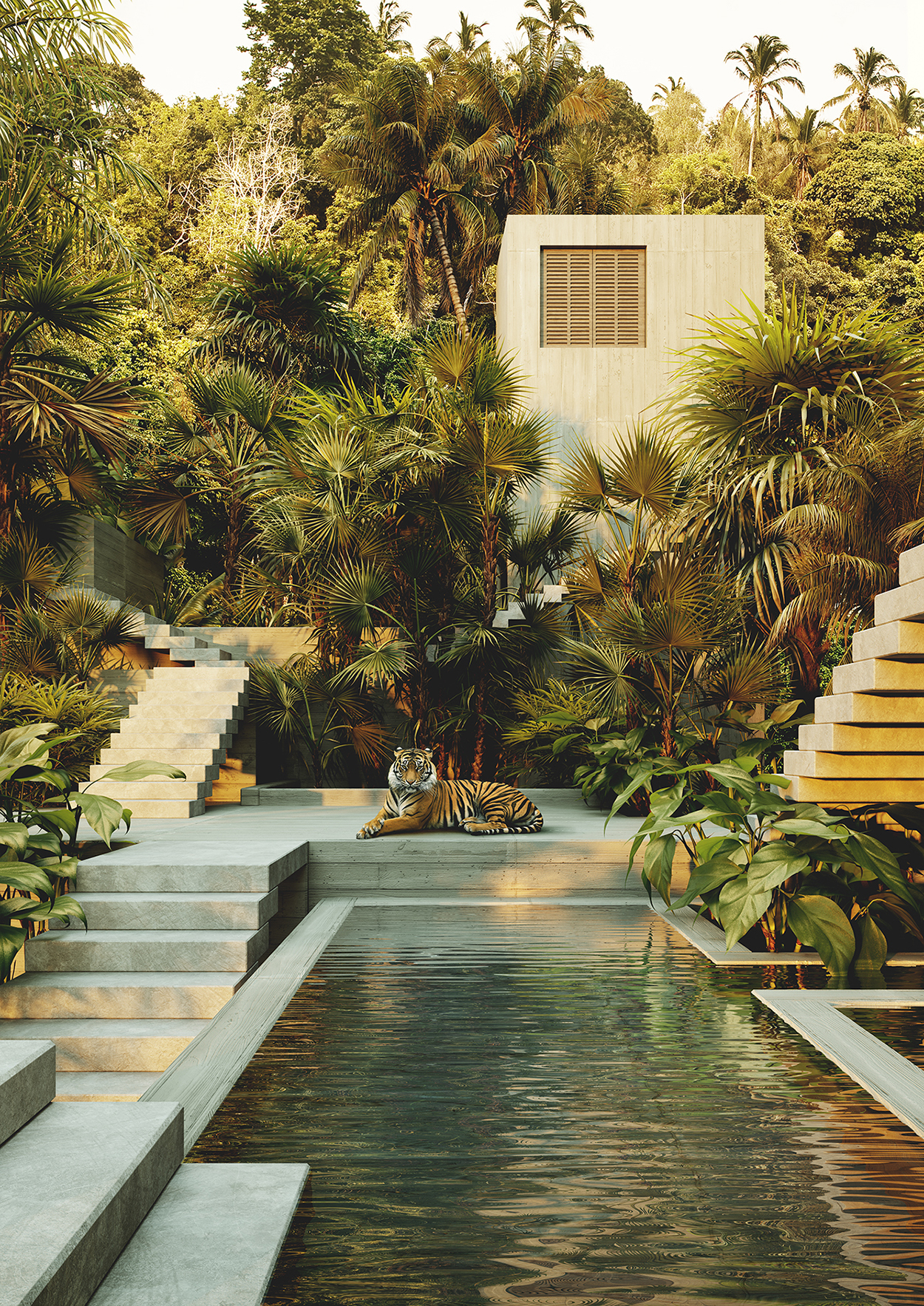
‘Casa La Tigre’ is the latest instalment by The Cool Hunter’s favourite digital artist Massimo Colonna. In this newest work, a continuation on the theme of that penultimate symbol of wealth and status, the luxury pool, Colonna has created an Escher-esque tropical fantasy replete with stairs ascending and descending to everywhere, and nowhere.
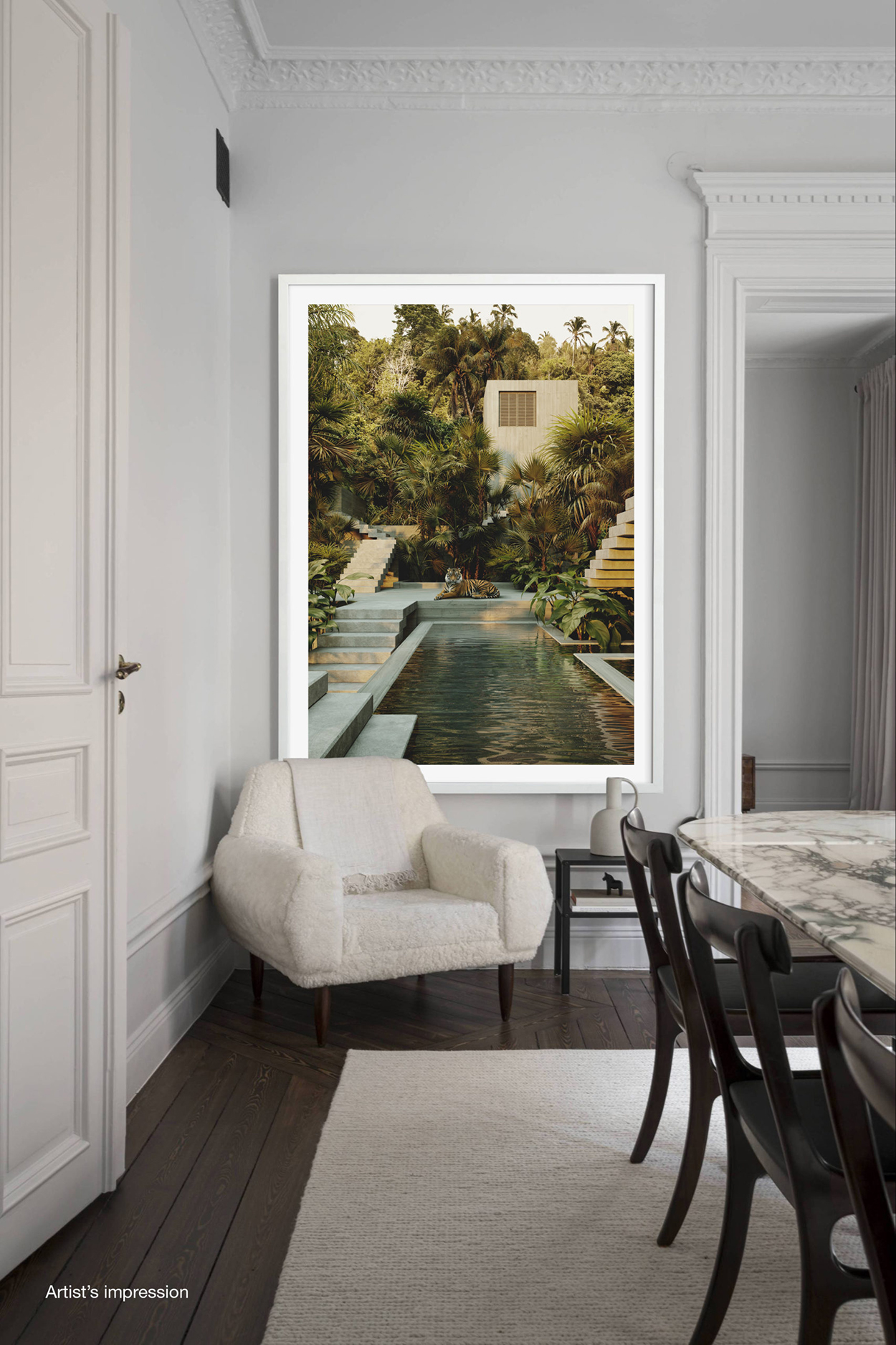
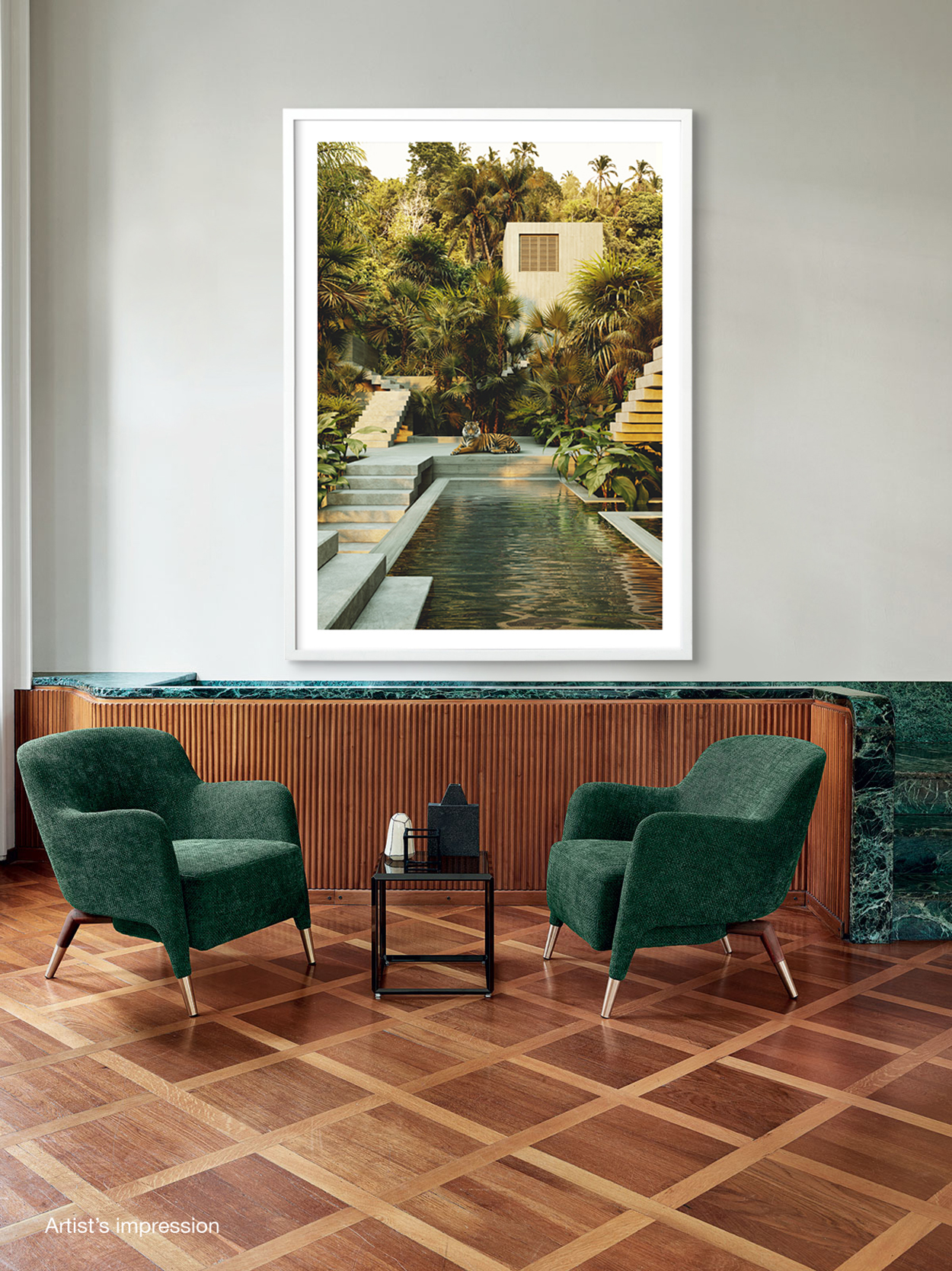
The post Casa Le Tigre Print – Massimo Colonna appeared first on The Cool Hunter Journal.
]]>The post Amalfi Print – Chris Ngu appeared first on The Cool Hunter Journal.
]]>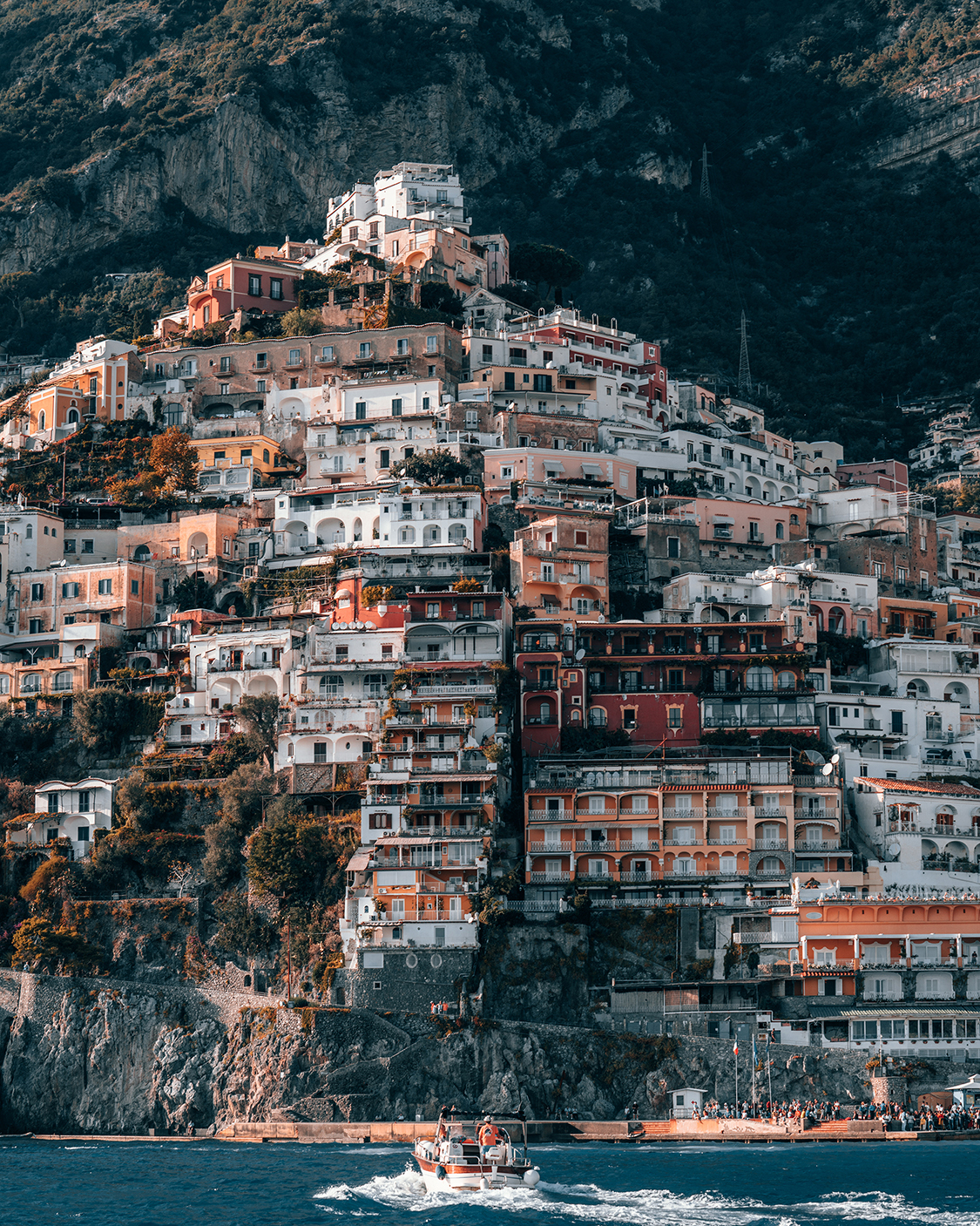
The Amalfi coast print has been delicately captured in this photo by UK photographer Chris Ngu with warm golden pink morning light gently illuminating the small picturesque city clinging onto its steep rocky platform.
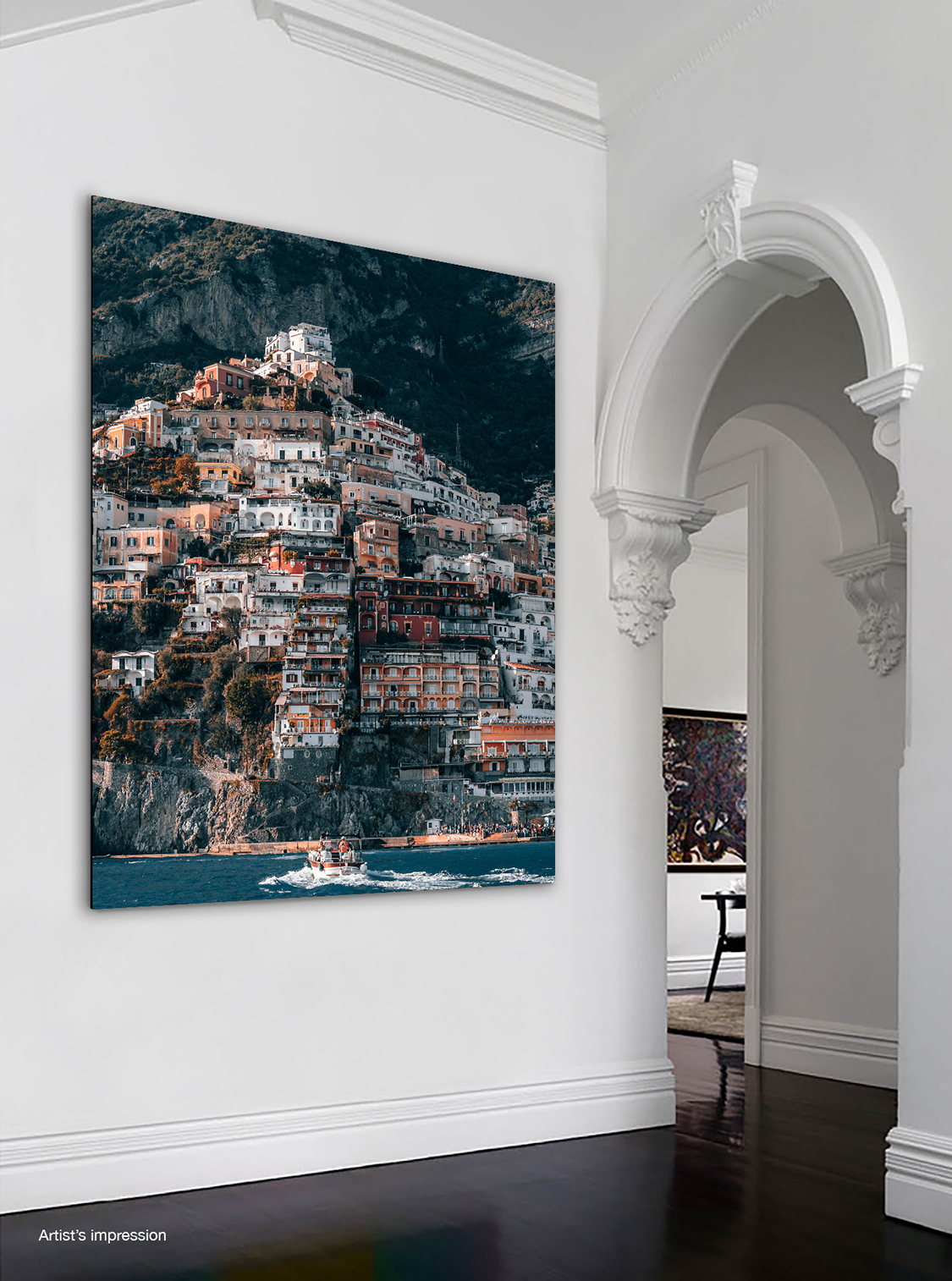
This stretch of sun-kissed coast in Italy’s Campania region has understandably enchanted visitors for centuries with its sublime natural beauty enhanced with the artistic and architectural legacy of the local Amalfi settlements.
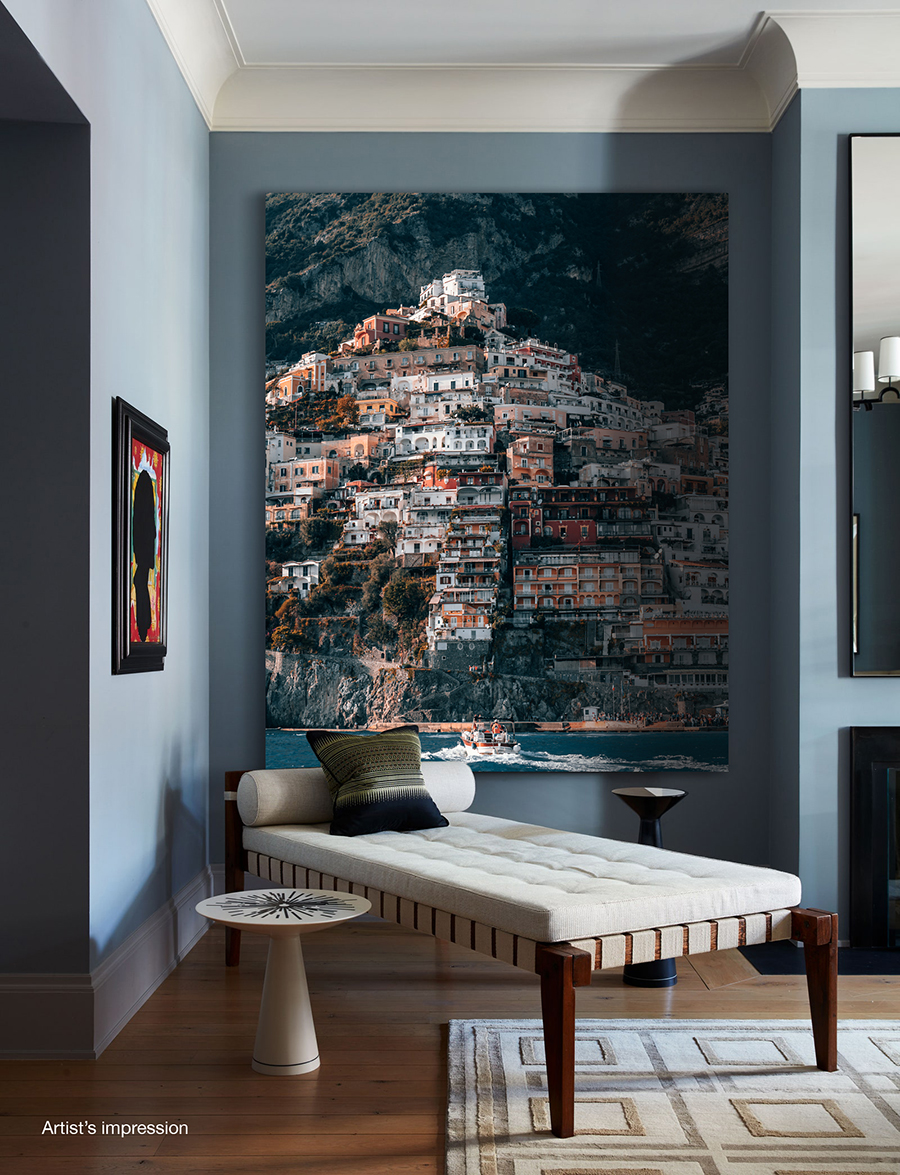
Usually depicted in the technicolor brilliance of full sun and big blue sky backdrops, the photographer, in this instance, presents us with an understated version of this iconic community, a town at the beginning of its morning ritual. Approaching by boat, we’re viewing this maritime city how it should be encountered for the first time, by sea.
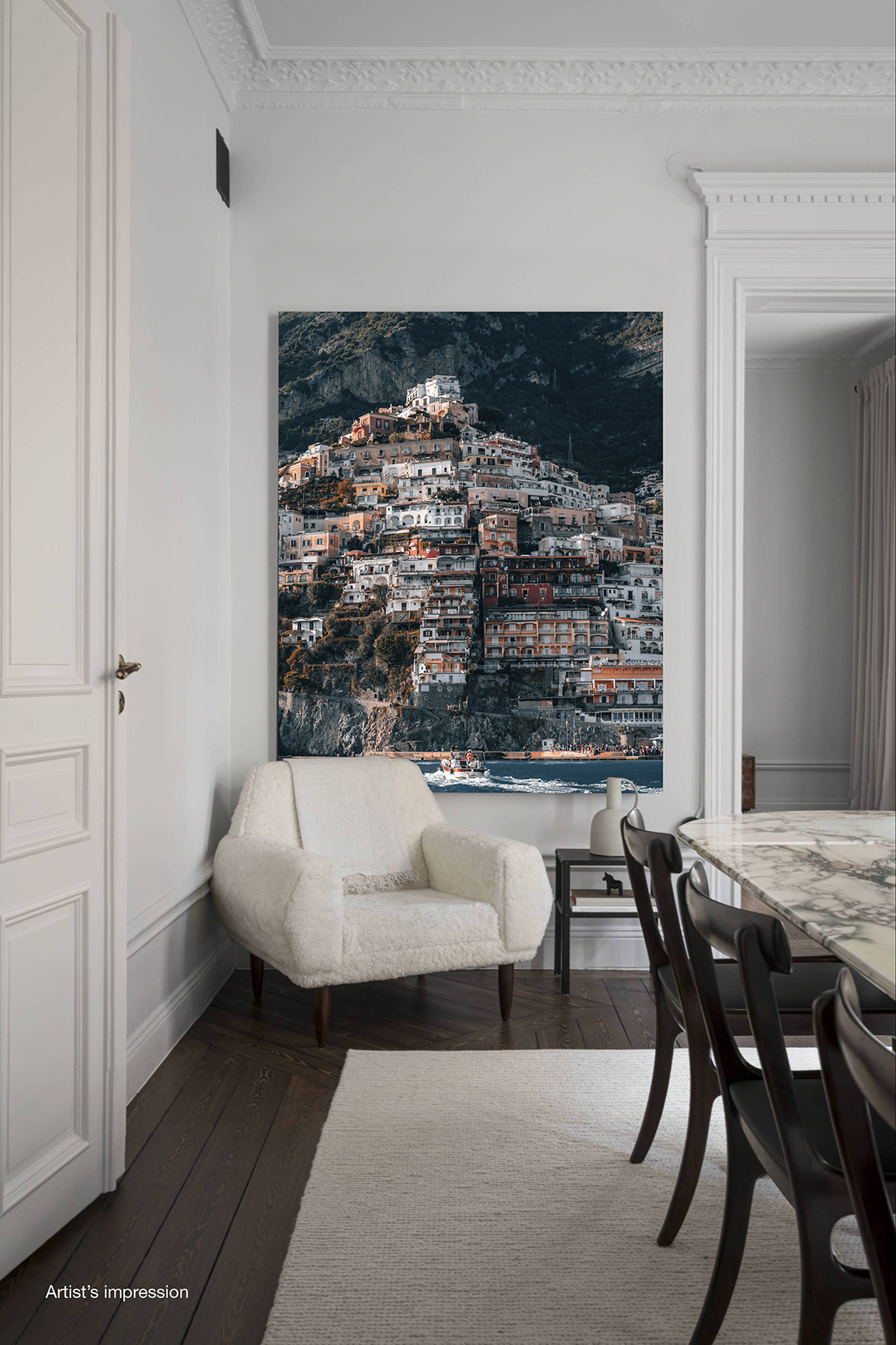
Printed on metallic paper and onto 6mm Acrylic/Perspex. Available here
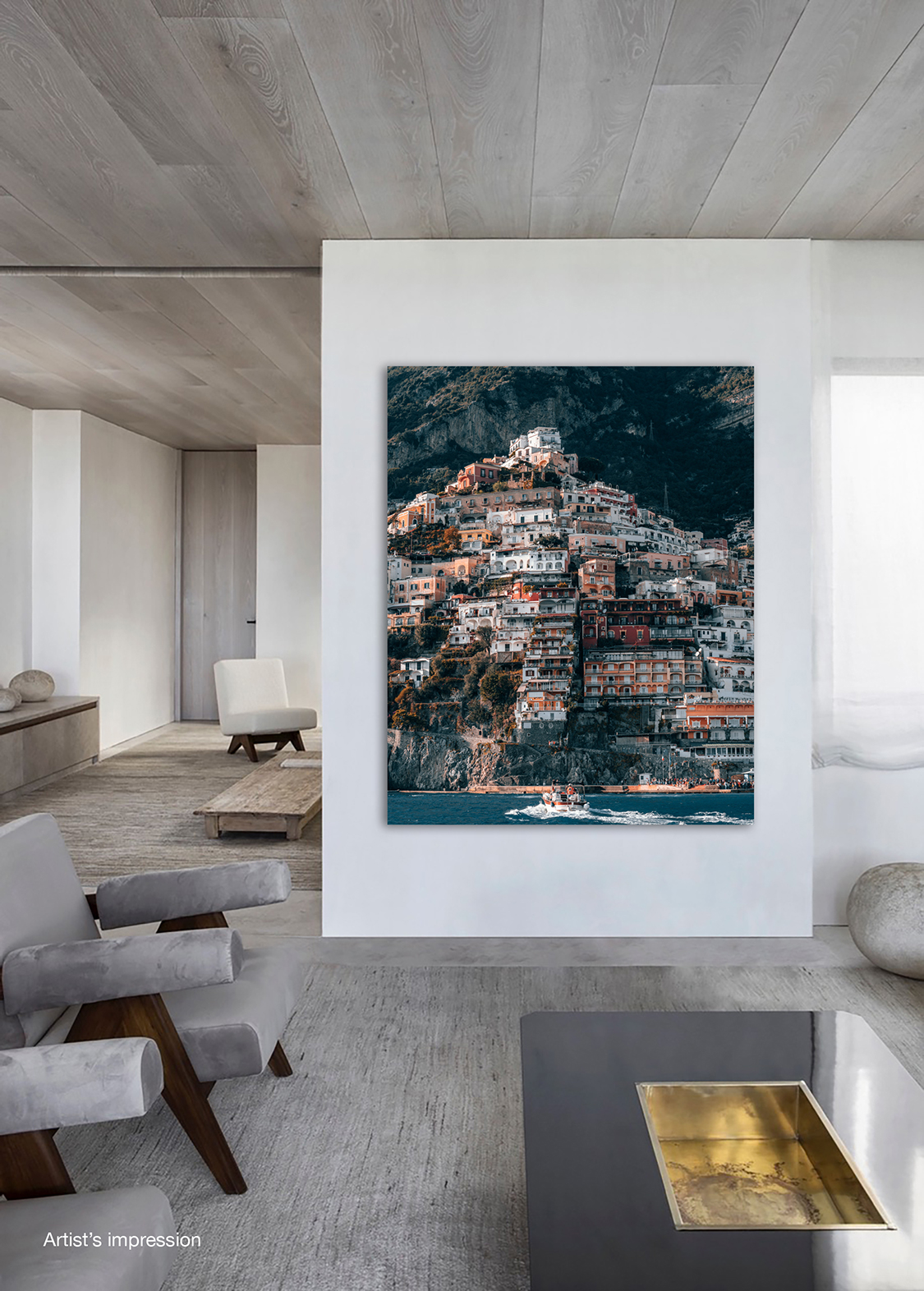
The post Amalfi Print – Chris Ngu appeared first on The Cool Hunter Journal.
]]>The post Brutalist Pool Series – Massimo Colonna (Exclusive to TCH) appeared first on The Cool Hunter Journal.
]]>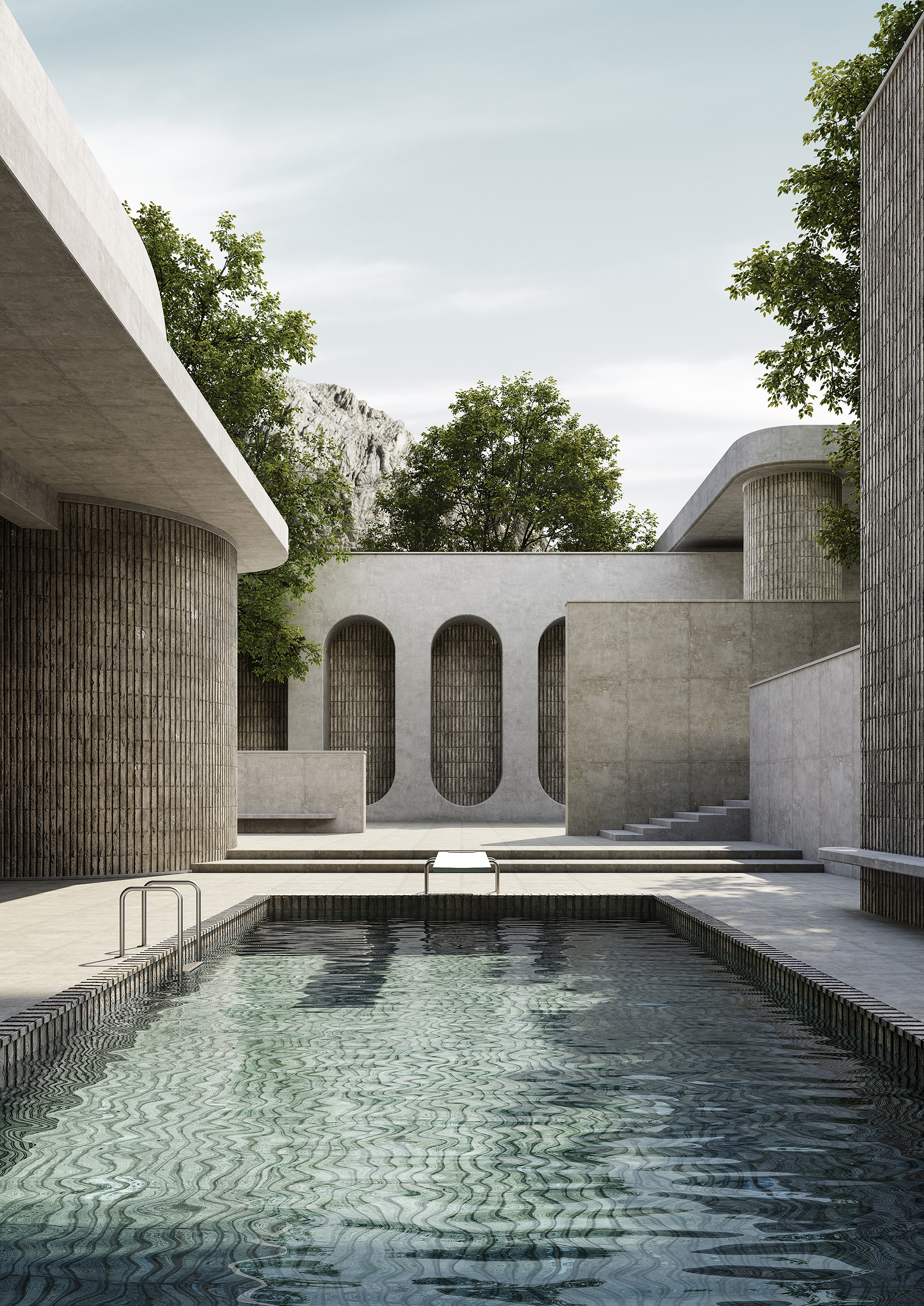
The architectural concept of ‘Brutalism’ has been making somewhat of a comeback in recent times as interest in this structural style and the ideology that underpinned it increases.
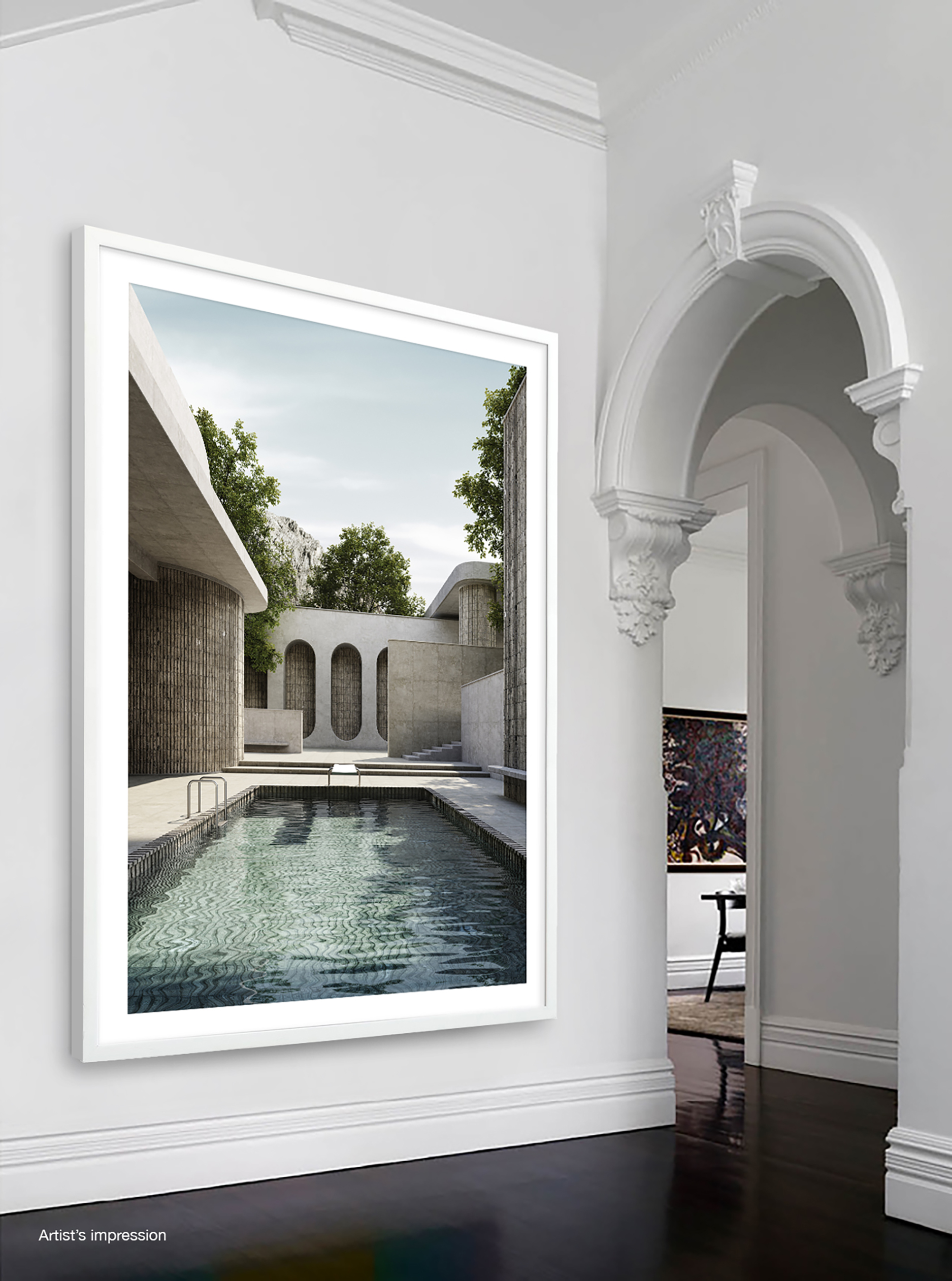
Its dramatic fall from fashionable grace from the early 80’s on, however, led it to become the most reviled structural aesthetic in any urban landscape with few lamenting its demolition and demise.
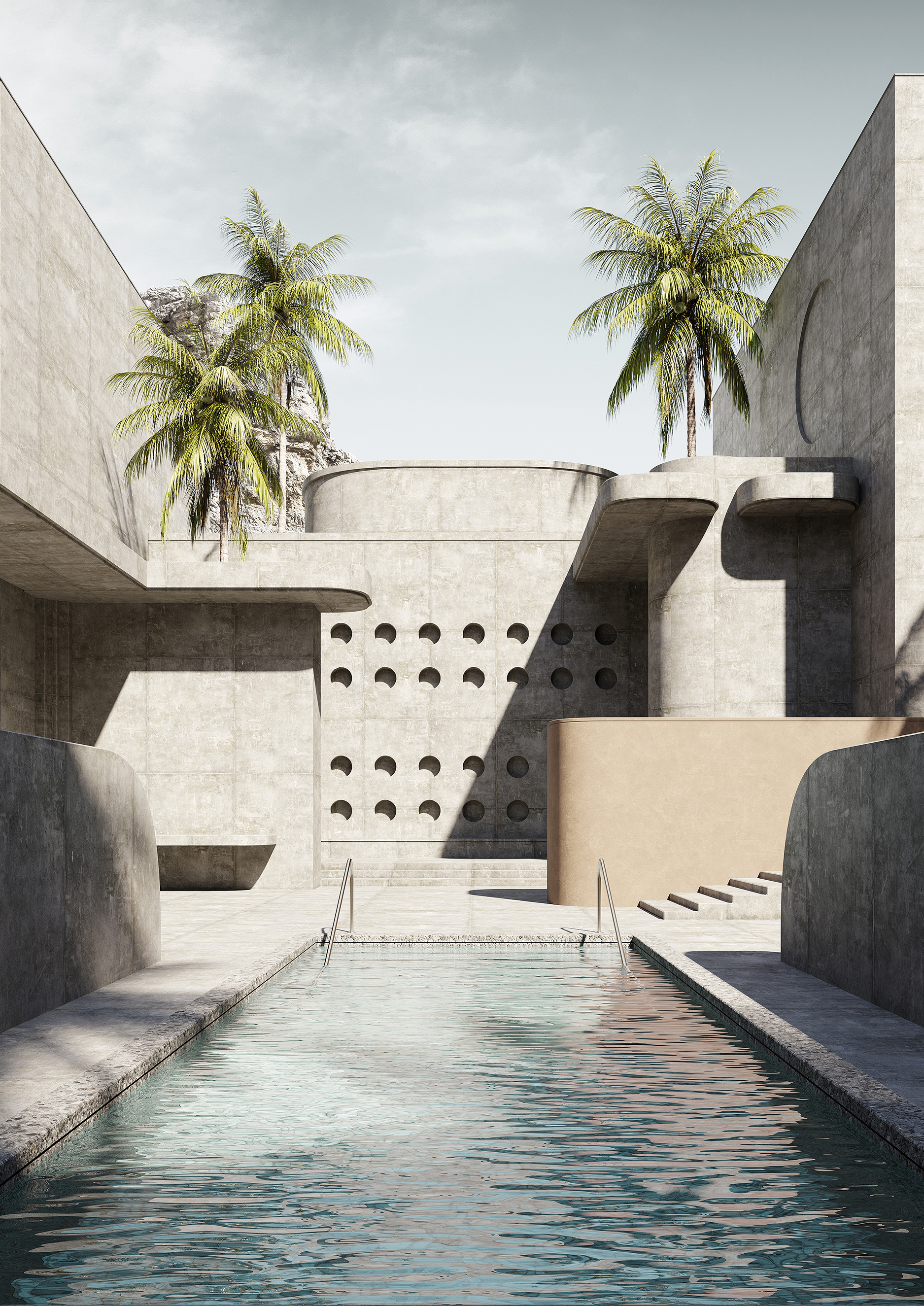 The word ‘Brutalist’ itself interestingly does not derive from its forbidding appearance but rather from the words ‘Béton brut’‘ meaning ‘raw concrete’, and its rise in 1950s post-war Europe stems from the most unimpeachably high-minded principles of social utopianism and as such was the style employed to construct shared institutions like libraries, government buildings, theatres, schools, and affordable housing projects.
The word ‘Brutalist’ itself interestingly does not derive from its forbidding appearance but rather from the words ‘Béton brut’‘ meaning ‘raw concrete’, and its rise in 1950s post-war Europe stems from the most unimpeachably high-minded principles of social utopianism and as such was the style employed to construct shared institutions like libraries, government buildings, theatres, schools, and affordable housing projects.
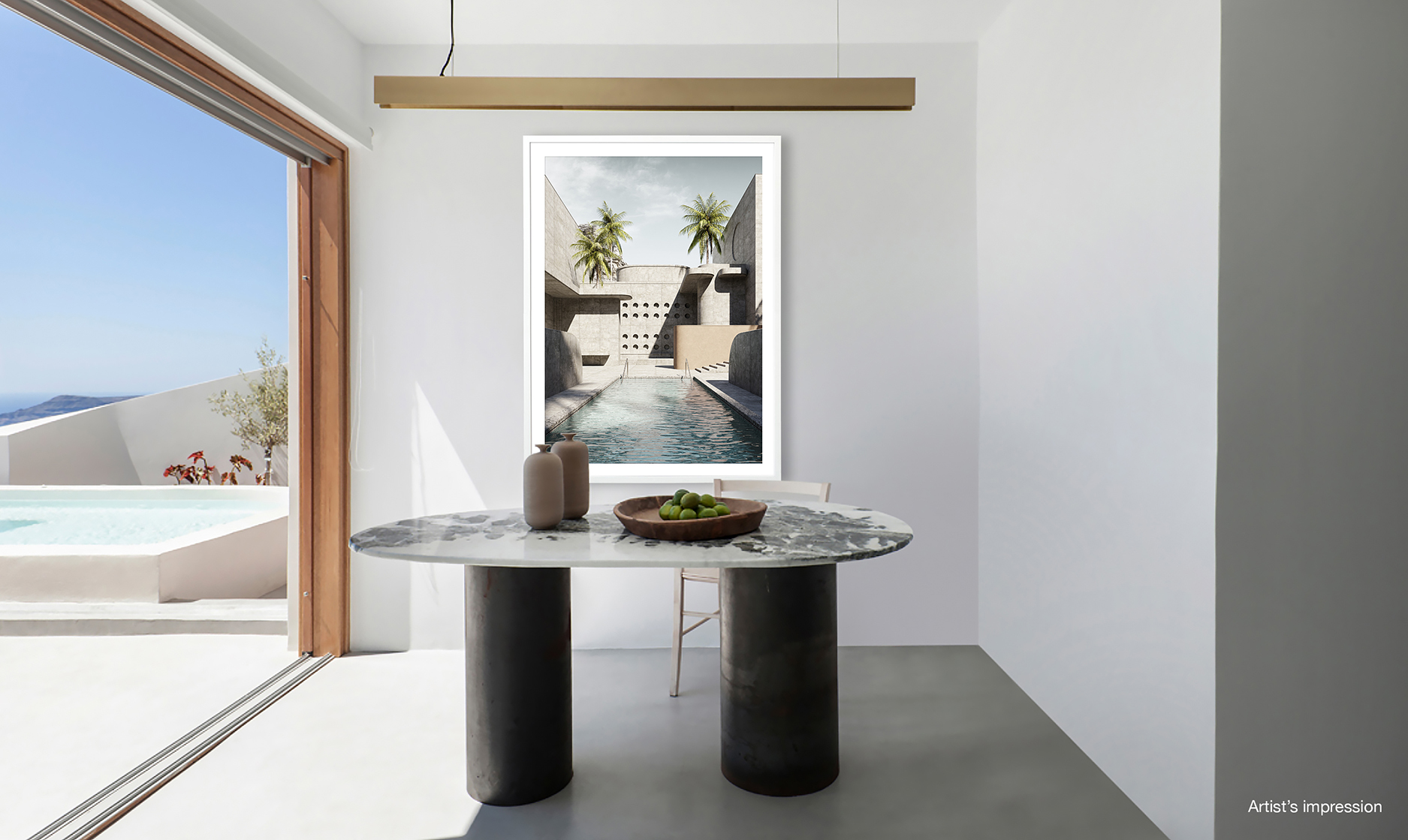 It epitomised a forward-looking confidence in the future and in some ways was the logical conclusion of the modernist ideal which sought to eliminate unnecessary adornment and celebrate the materials of construction themselves; concrete, steel, and glass. But the style fell from favour for several reasons, its austere nature, and its association with totalitarianism, with crime, social deprivation and urban decay and finally because often they simply didn’t age well with crumbling buildings becoming discoloured and damaged.
It epitomised a forward-looking confidence in the future and in some ways was the logical conclusion of the modernist ideal which sought to eliminate unnecessary adornment and celebrate the materials of construction themselves; concrete, steel, and glass. But the style fell from favour for several reasons, its austere nature, and its association with totalitarianism, with crime, social deprivation and urban decay and finally because often they simply didn’t age well with crumbling buildings becoming discoloured and damaged.
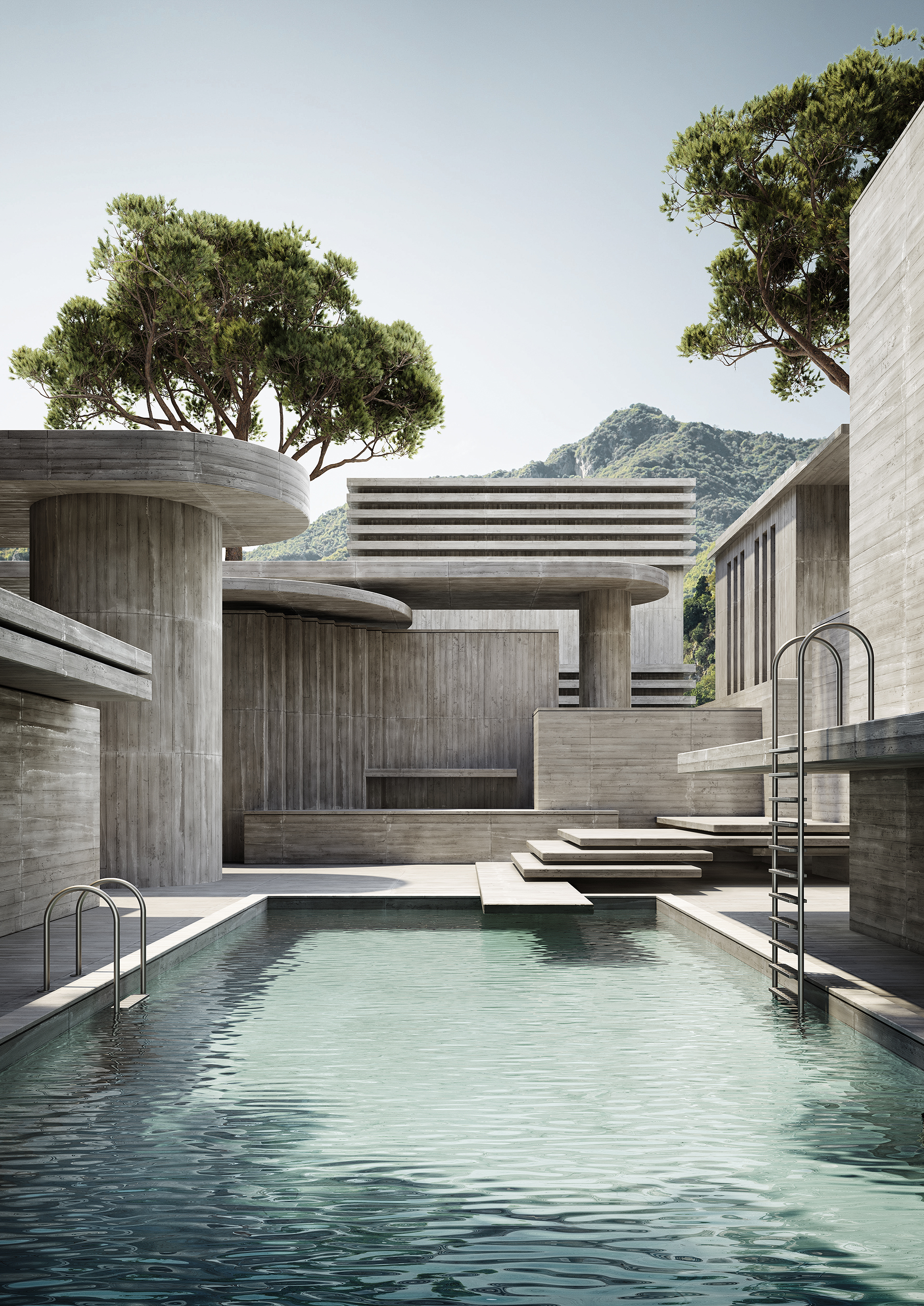
In this series, digital artist Massimo Colonna (Italy) revisits the pool motif from his earlier works and pays homage to the principles of this movement and unabashedly celebrates concrete for its aesthetic value. The austerity of the cool gray concrete in these works is tempered by the form of his construction, smoothed edges, and the considered proportions and texture applied to the surfaces. The artificial here is perfectly balanced by the presence of water, of sky and greenery and creates something inviting, a space or an ideal we want to exist in as we learn to appreciate this movement anew and the lofty principles it represents.
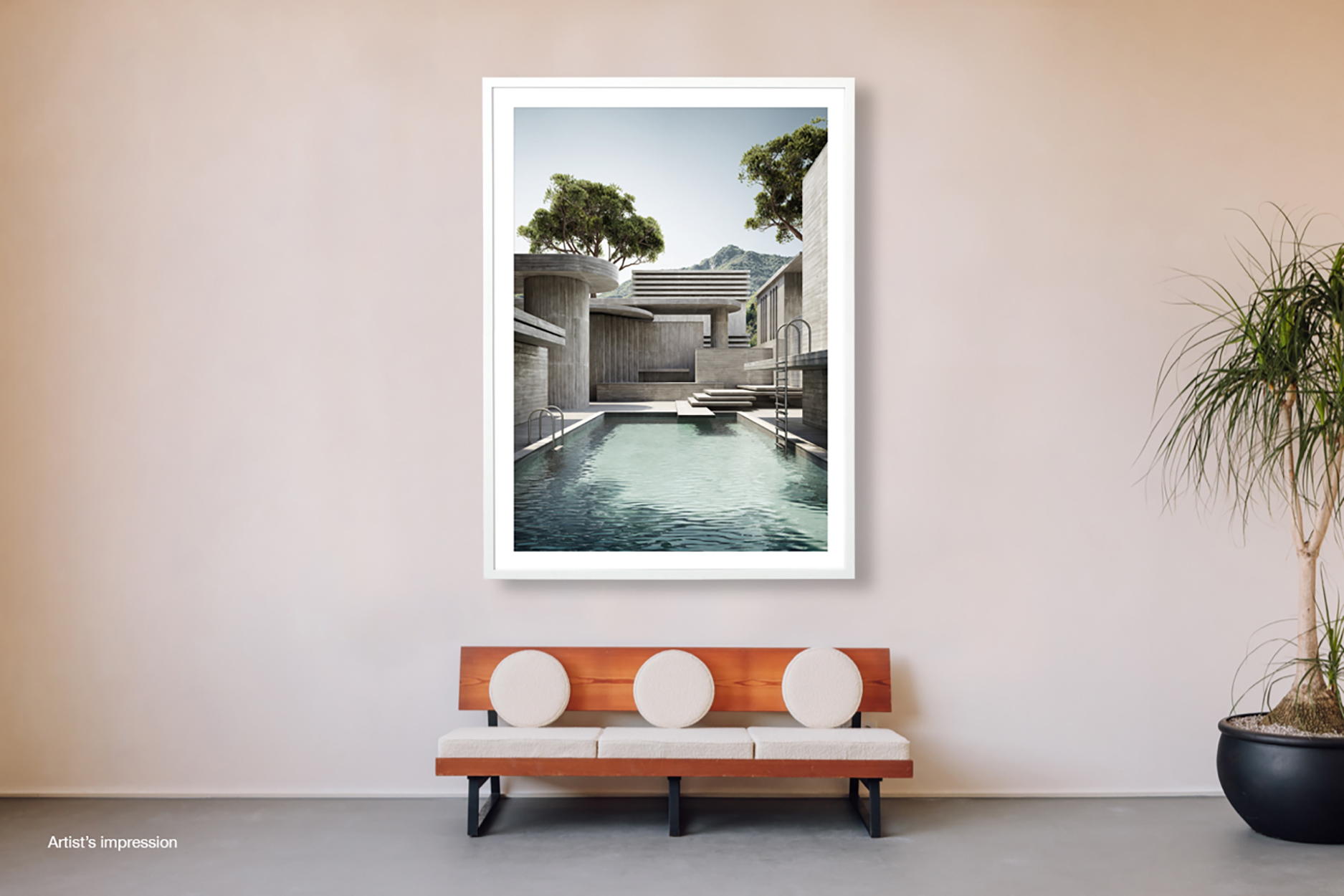
PRINTS AVAILABLE HERE
The post Brutalist Pool Series – Massimo Colonna (Exclusive to TCH) appeared first on The Cool Hunter Journal.
]]>The post Geometry of Light, Barcelona Pavilion and Farnsworth House appeared first on The Cool Hunter Journal.
]]>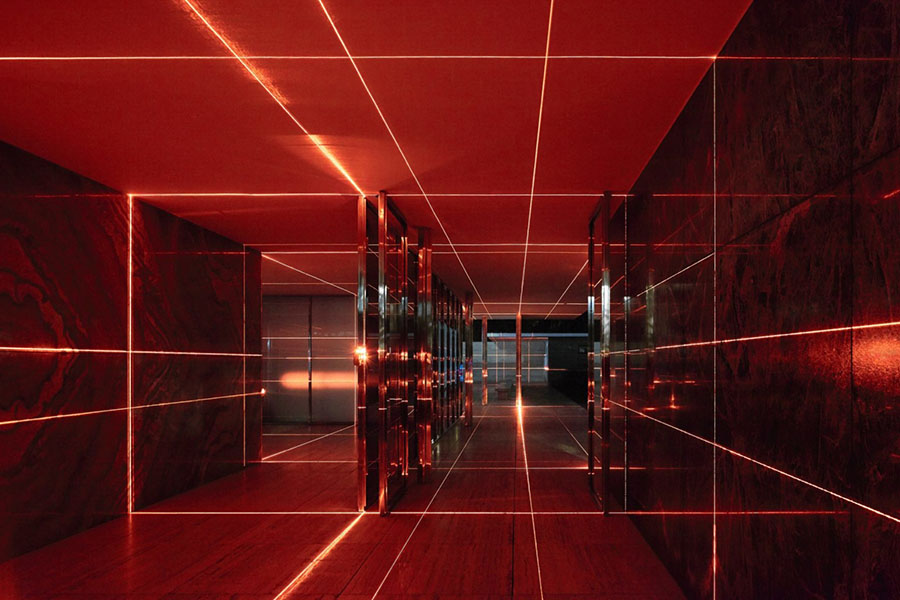
Chicago-based Luftwerk is an artistic collaboration of Petra Bachmaier and Sean Gallero founded in 2007. The duo explores light, colour and sound in immersive temporary installations that are often based on the topography and history of the site.
Earlier this year, they created installations within two of Ludwig Mies van der Rohe’s famous installations, the Barcelona Pavilion and the Farnsworth House.
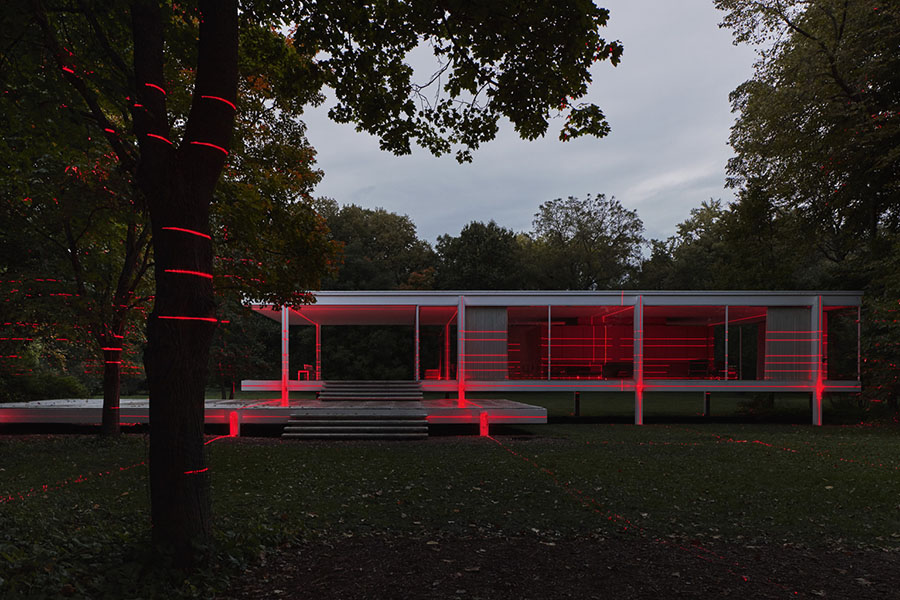
To create the works, they collaborated with Chicago-based architect Iker Gil of MAS Studio and Barcelona-based sound designer Oriol Tarragó who was awarded Best European Sound Designer title in 2018 by European Film Academy.
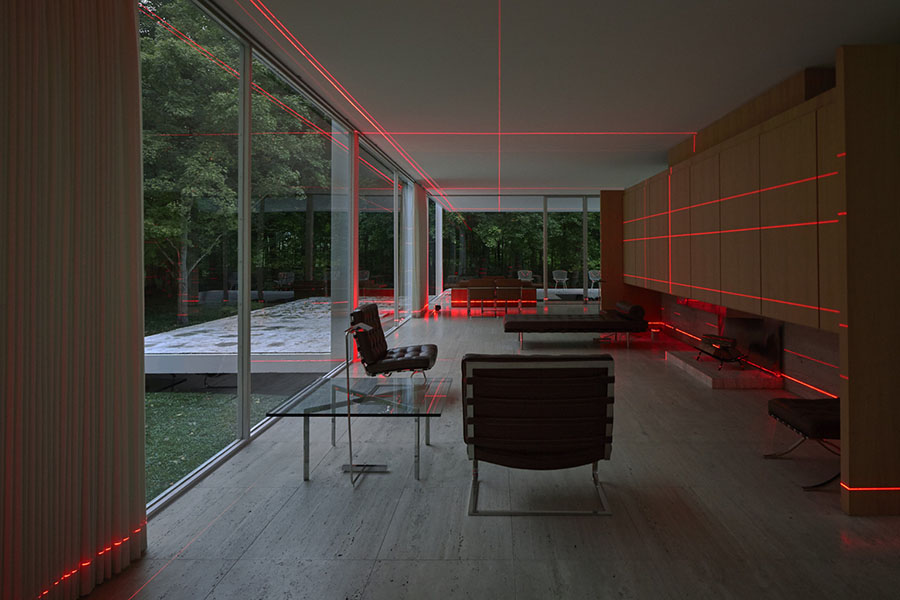
In February, Geometry of Light took place at the German Pavilion in Barcelona, presented as s part of the Fundació Mies van der Rohe’s ongoing program of artistic interventions, and corresponding with the LLUM BCN Festival and the Santa Eulàlia Festival.
Fundació Mies van der Rohe was created in 1983 by the City Council of Barcelona with the initial goal of rebuilding the German Pavilion designed by Ludwig Mies van der Rohe with Lilly Reich for the International Exhibition of Barcelona in 1929.
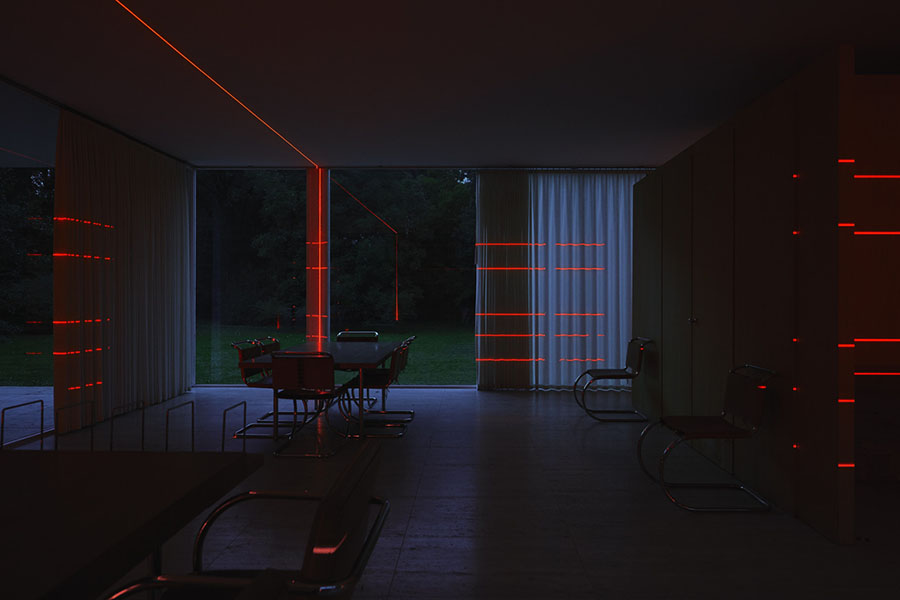
The program of artistic interventions with architects and artists began in 1999 with Jeff Wall and has continued with Enric Miralles, Dennis Adams, Antoni Muntadas, Iñaki Bonillas, SANAA Kazuyo Sejima + Ryue Nishizawa, Ai Weiwei, Andrés Jaque, Anna & Eugeni Bach, and Domènec among others.
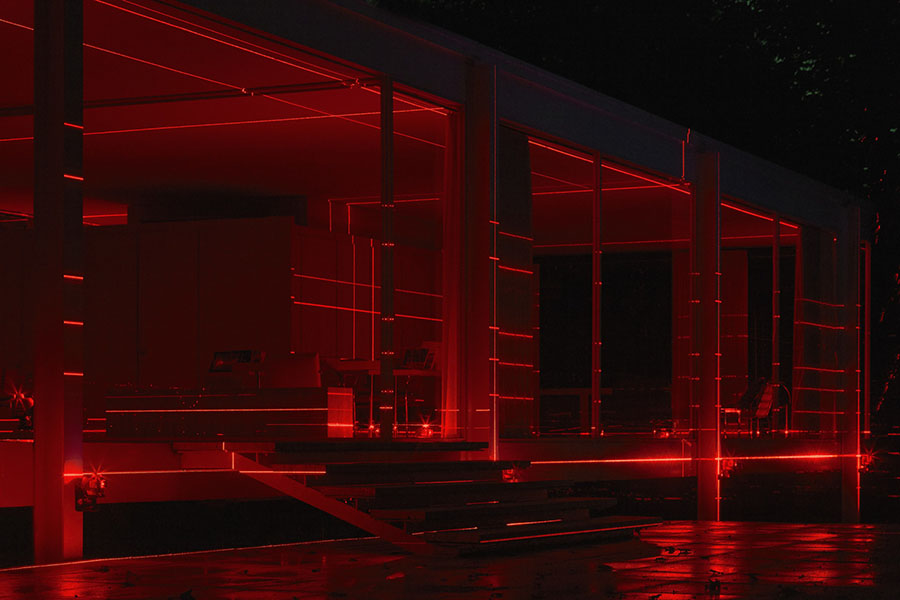
Lufwerk’s installation focused on the gridded plan of the pavilion, animating and highlighting the architecture and altering the composition of the pavilion. To emphasize the projected light and to create an immersive experience, Oriol Tarragó custom-designed sound piece for the installation.
In October, coinciding with the currently ongoing third edition of the Chicago Architecture Biennial, the second edition of Geometry of Light was presented at Mies van der Rohe’s iconic Farnsworth House in Plano, Illinois.
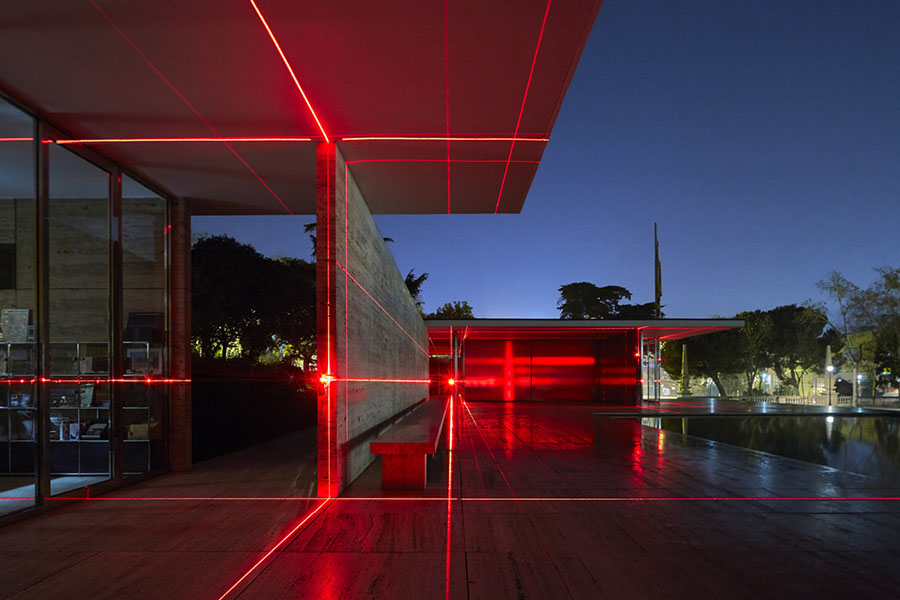
Luftwerk has also created temporary works at Chicago’s AT&T Plaza in Millennium Park that is famous for Anish Kapoor’s Cloud Gate, and at Garfield Park Conservatory, one of the largest greenhouse conservatories in the United States.

In addition to the two installations with Ludwig Mies van der Rohe’s buildings, Luftwerk has created r installations within architectural works by Renzo Piano and Frank Lloyd Wright. Tuija Seipell.
The post Geometry of Light, Barcelona Pavilion and Farnsworth House appeared first on The Cool Hunter Journal.
]]>The post The Cool Hunter Store – South Melbourne appeared first on The Cool Hunter Journal.
]]>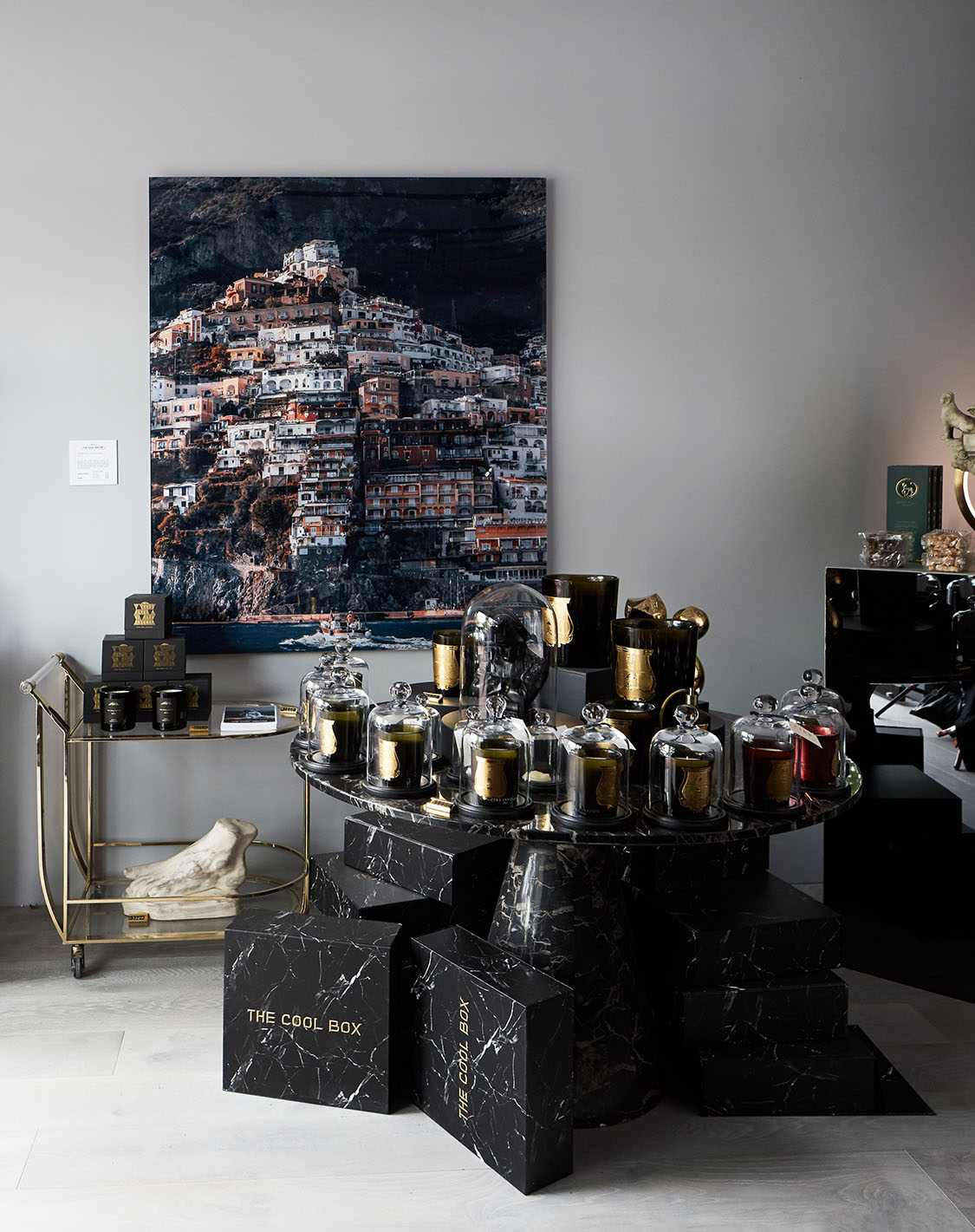 We’ve moved!… ‘The Cool Hunter Store’, our antidote to those tedious shopping experiences, can now be found on Coventry Street in South Melbourne AND as a pop-store in Fitzroy’s buzzing Brunswick Street (Until 5th Jan 2020).
We’ve moved!… ‘The Cool Hunter Store’, our antidote to those tedious shopping experiences, can now be found on Coventry Street in South Melbourne AND as a pop-store in Fitzroy’s buzzing Brunswick Street (Until 5th Jan 2020).
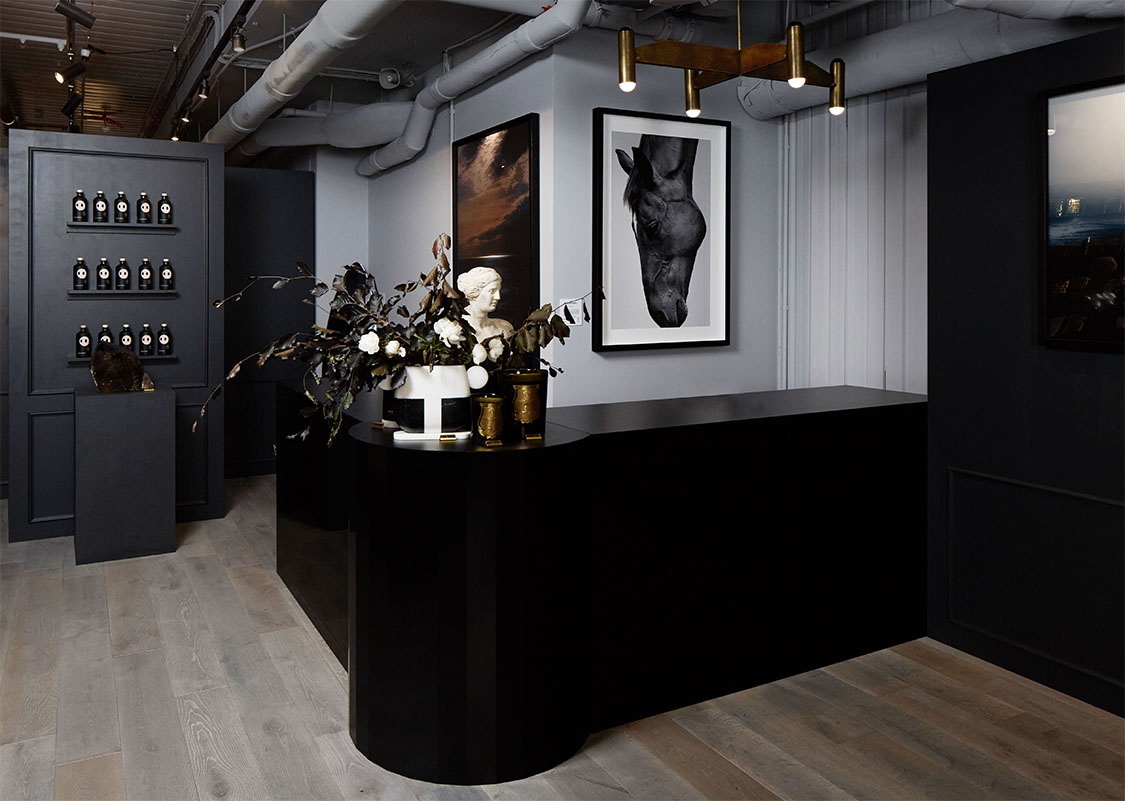
For those not familiar with our store or past pop-up spaces, imagine a retail-gallery hybrid, a place where you might not necessarily need to buy anything from but need to immerse yourself in for the sensory experience anyway. What started as an experiment in 2014 off the back of one of our featured events has now been a fixture in the Melbourne retail scene for 4 years with a commitment to keep going so long as it remains interesting to both our customers and ourselves.
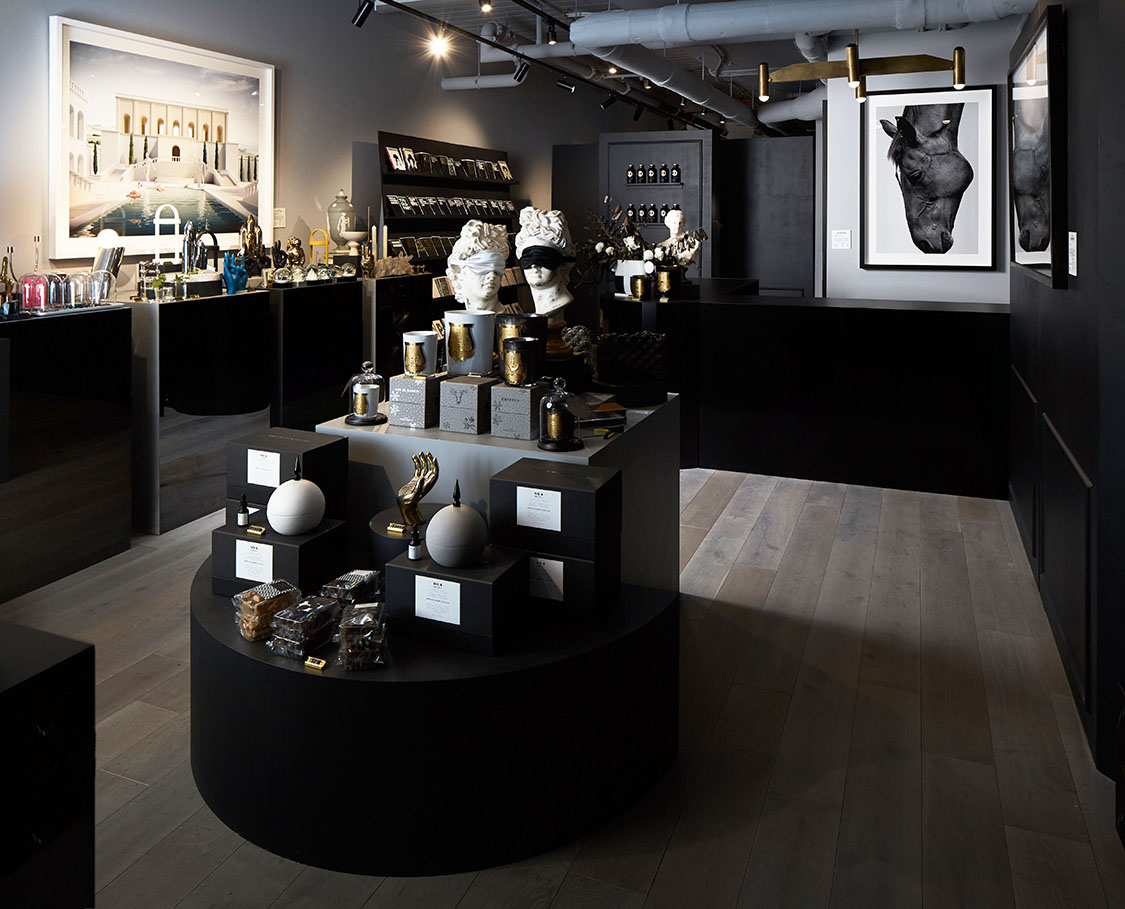 Meticulously curated by The Cool Hunter team, everything in-store is for sale; art, lights, books, gourmet foods, fashion accessories and so on. Guided by the principle of needing to keep everything fresh and exclusive, we strive to change our selection regularly so that visiting our store is an interesting experience every time and stocked with goods that can’t be found anywhere else.
Meticulously curated by The Cool Hunter team, everything in-store is for sale; art, lights, books, gourmet foods, fashion accessories and so on. Guided by the principle of needing to keep everything fresh and exclusive, we strive to change our selection regularly so that visiting our store is an interesting experience every time and stocked with goods that can’t be found anywhere else.
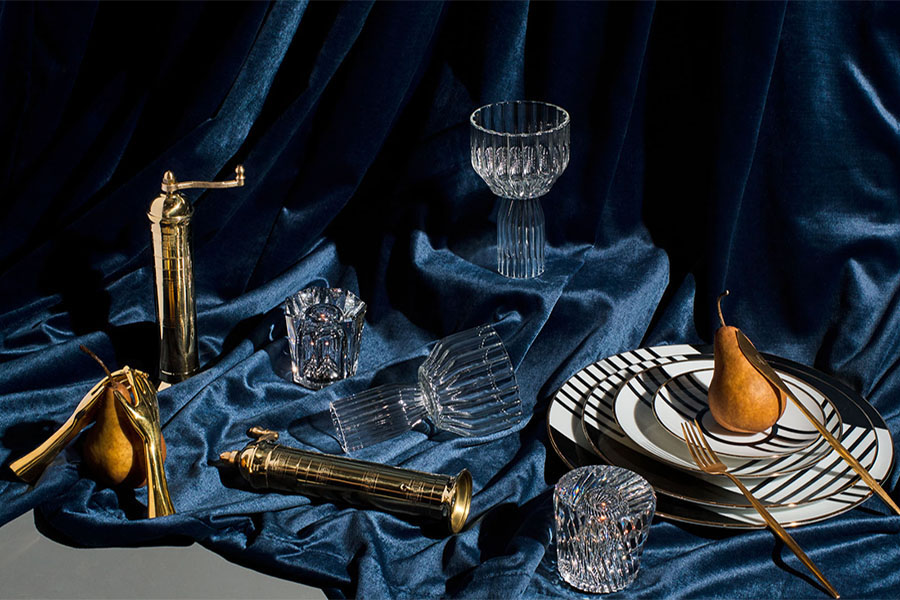
We get it, as shopping has become more and more monotonous, with mind-numbing sameness across airports, high streets, shopping centres and brands, there seems little point in getting excited about walking into any store. So we know we’ve set the bar high.

But we also know that the sameness is the result of brands, stores and managers choosing to be followers rather than leaders. It is so much easier to produce and sell products in the same colours, styles, and materials as everybody else. They all go to the same trade shows, same fashion shows, same predictable sources – so is it any wonder that the result is dull and boring?

Our approach is different, sometimes risky, and far more time-consuming but we’re trying to un-bore ourselves here, too. We hope that as a result, we will be able to offer our guests a worthwhile experience in return.
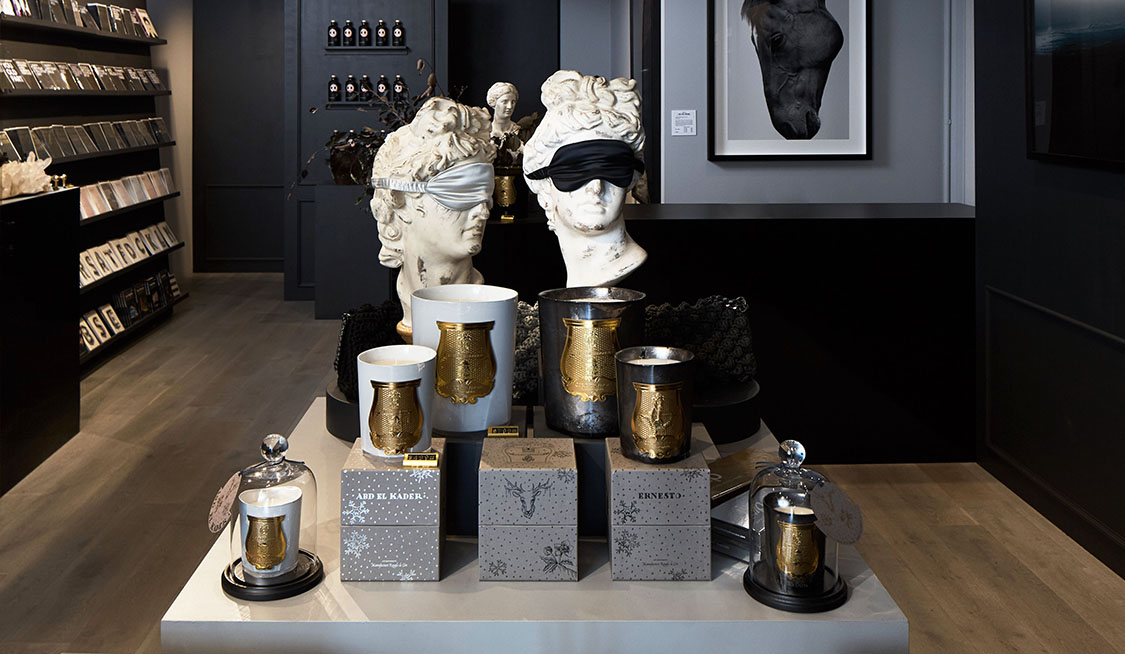

The Cool Hunter Store
Shop 3, 274 Conventry St
South Melbourne
Hours
Monday to Friday – 10:00am – 5:00pm
Saturday – 10:00am – 5:00pm
Sunday – 11:00am – 4:00pm
shop.thecoolhunter.net
[email protected]
P: 1300 739 661
The post The Cool Hunter Store – South Melbourne appeared first on The Cool Hunter Journal.
]]>The post The Villa Print Series – Massimo Colonna appeared first on The Cool Hunter Journal.
]]>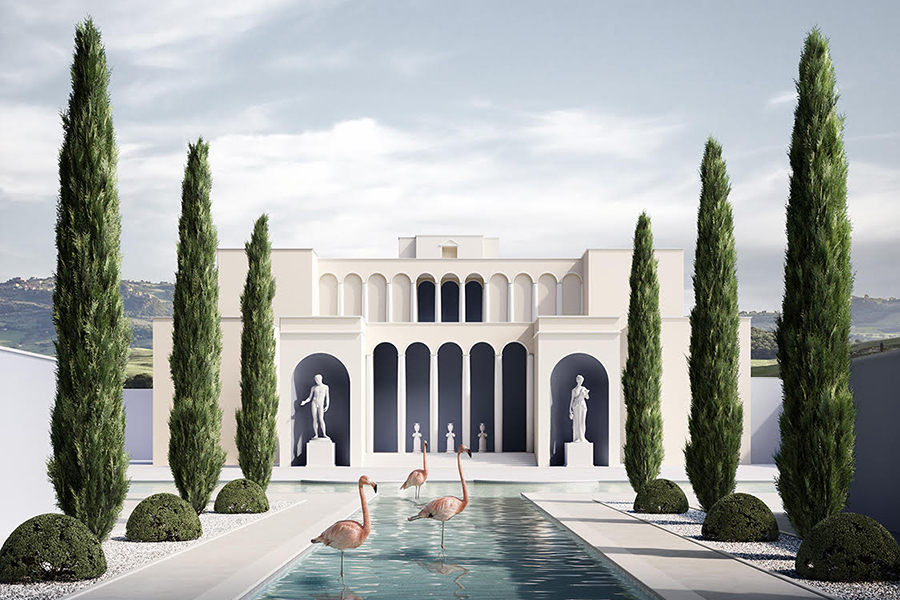
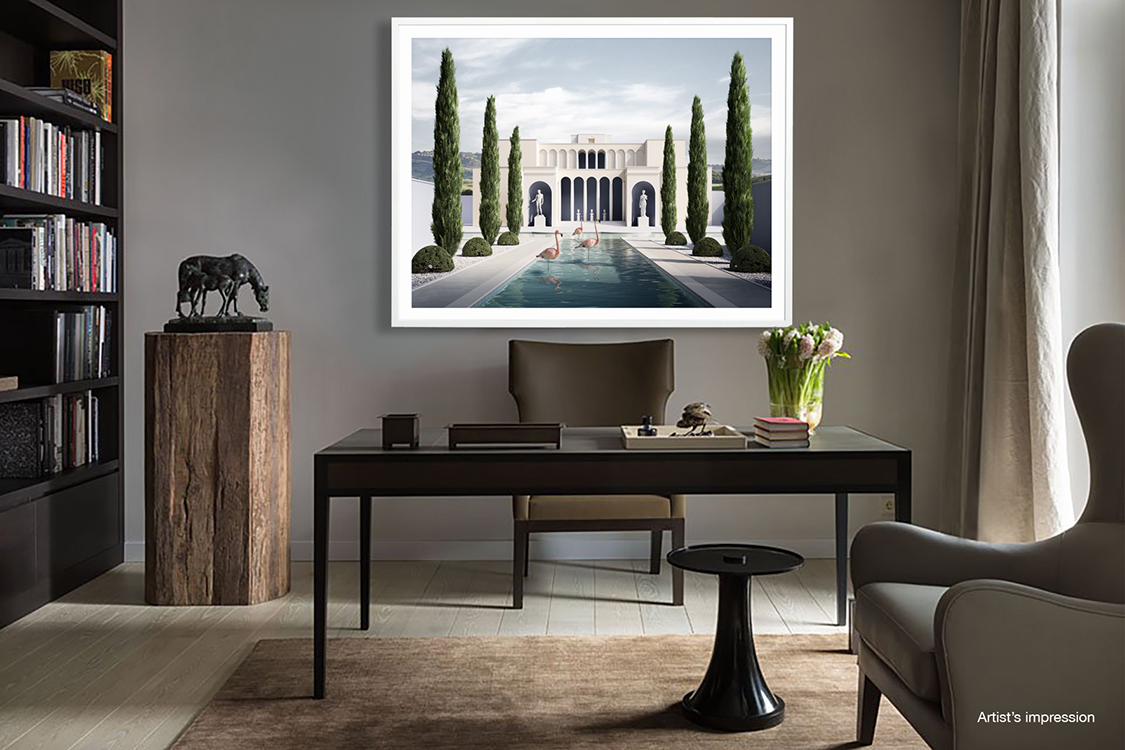
In this ‘Villa Series’ commissioned exclusively for The Cool Hunter, digital artist Massimo Colonna draws inspiration from the architectural styles of the Italian peninsular through the ages as he reimagines his successful ‘Pool Series’ from early 2019. ‘The Villa’ collection of digital pieces again features the pool as the ultimate symbol of luxury, wealth and status, however this time they are auxiliary embellishments set against the impressive backdrop of grand architectural follies.
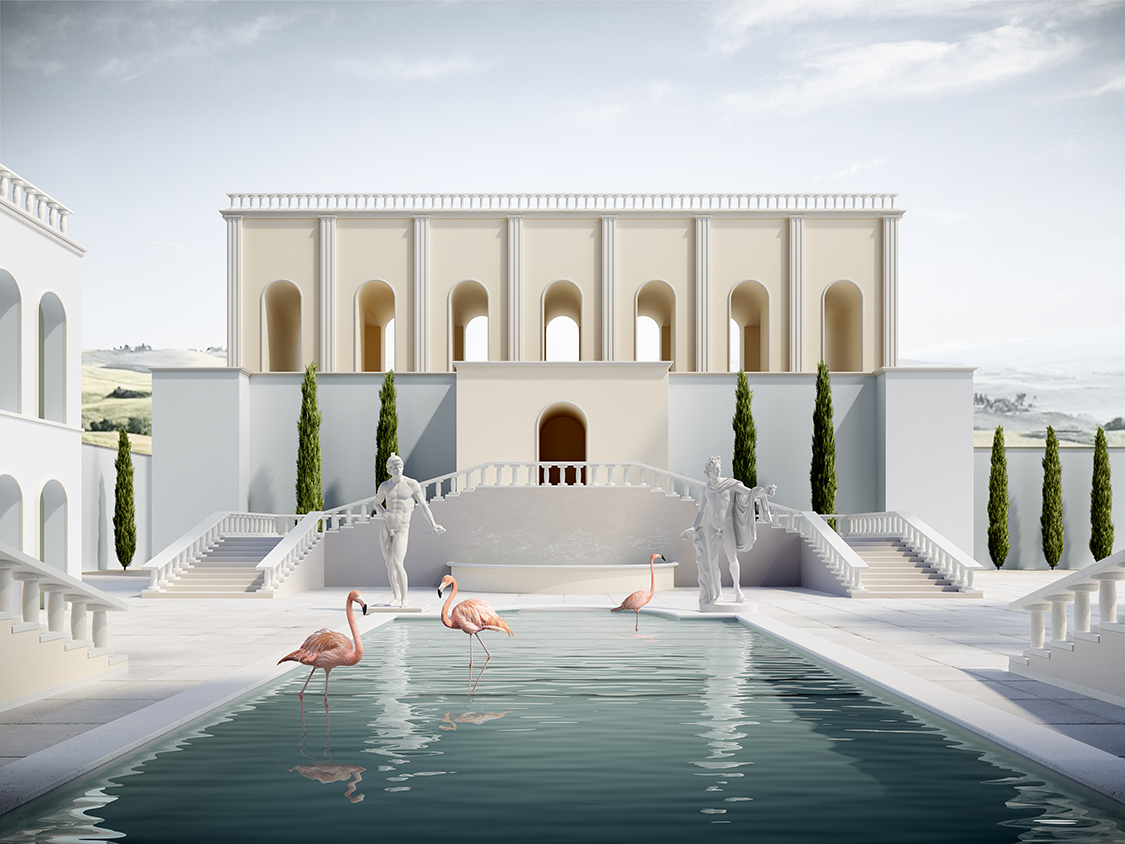
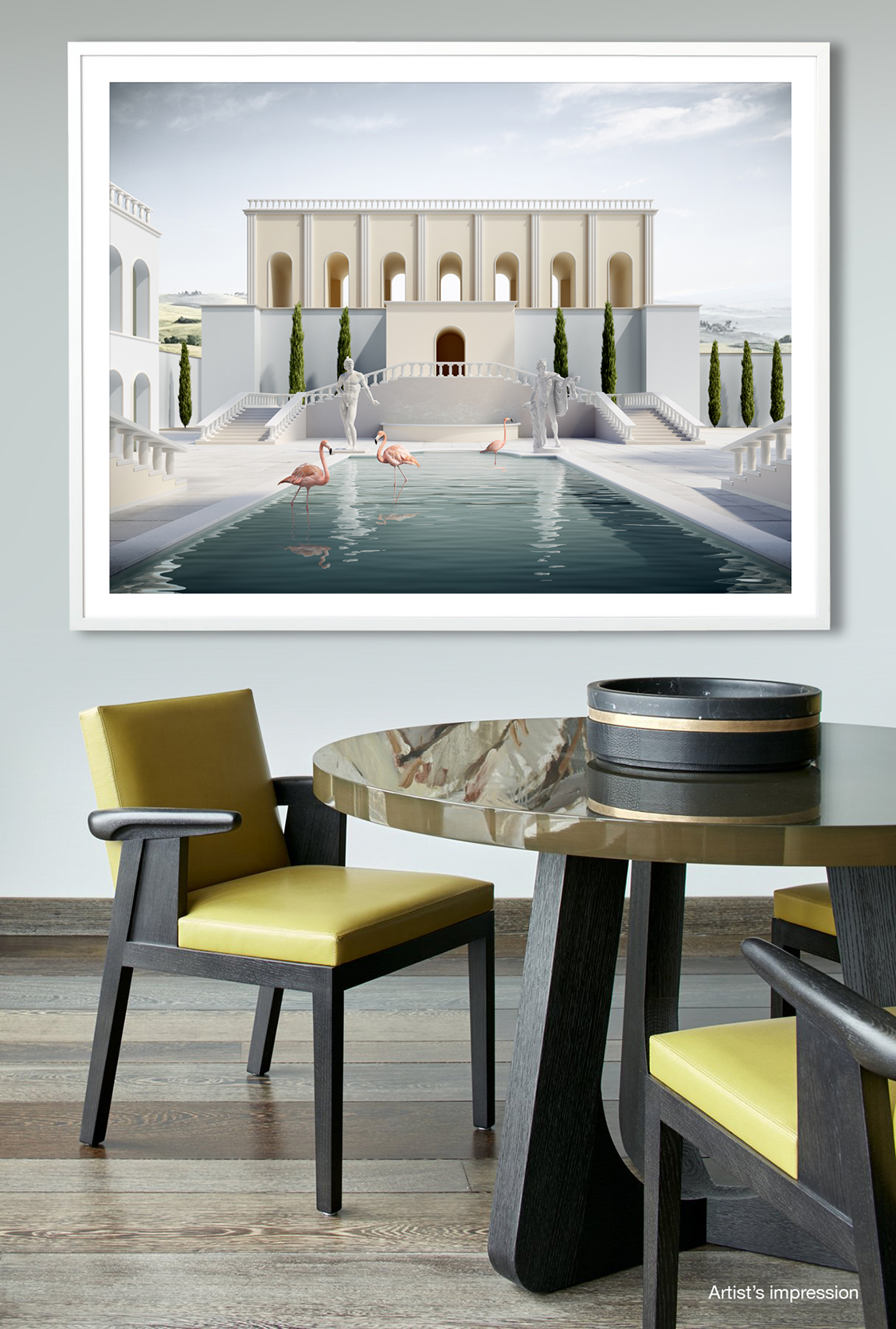
These imagined structures, with their repeated colonnades, arches, and statuary niches, reference the architectural motifs of the classical and renaissance eras but do so with a distinctly modern interpretation in their simplicity of form, symmetry and colour palette. Softly illuminated and set in a serene landscape of gently rolling green and fallow fields, each piece strives to achieve the Palladian-like ideal of calm self-assuredness with their harmonious proportions.
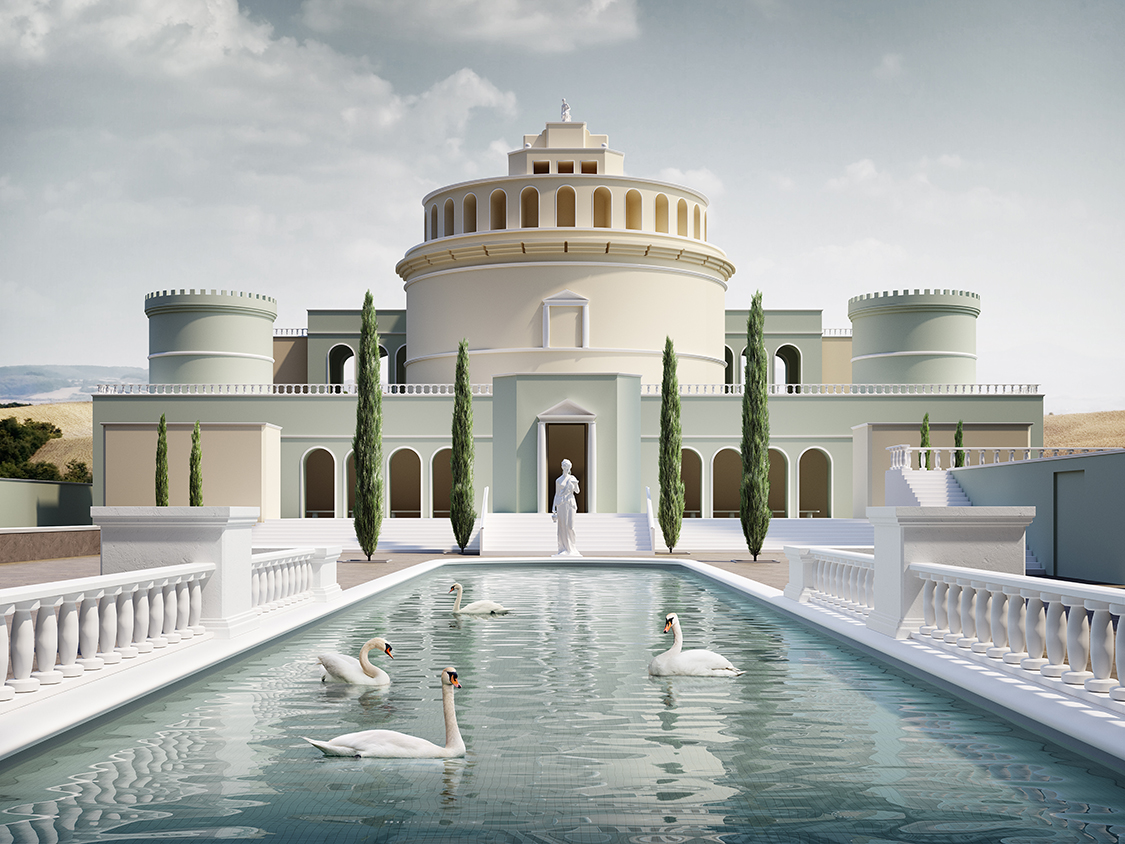
Prints available exclusively from our online store
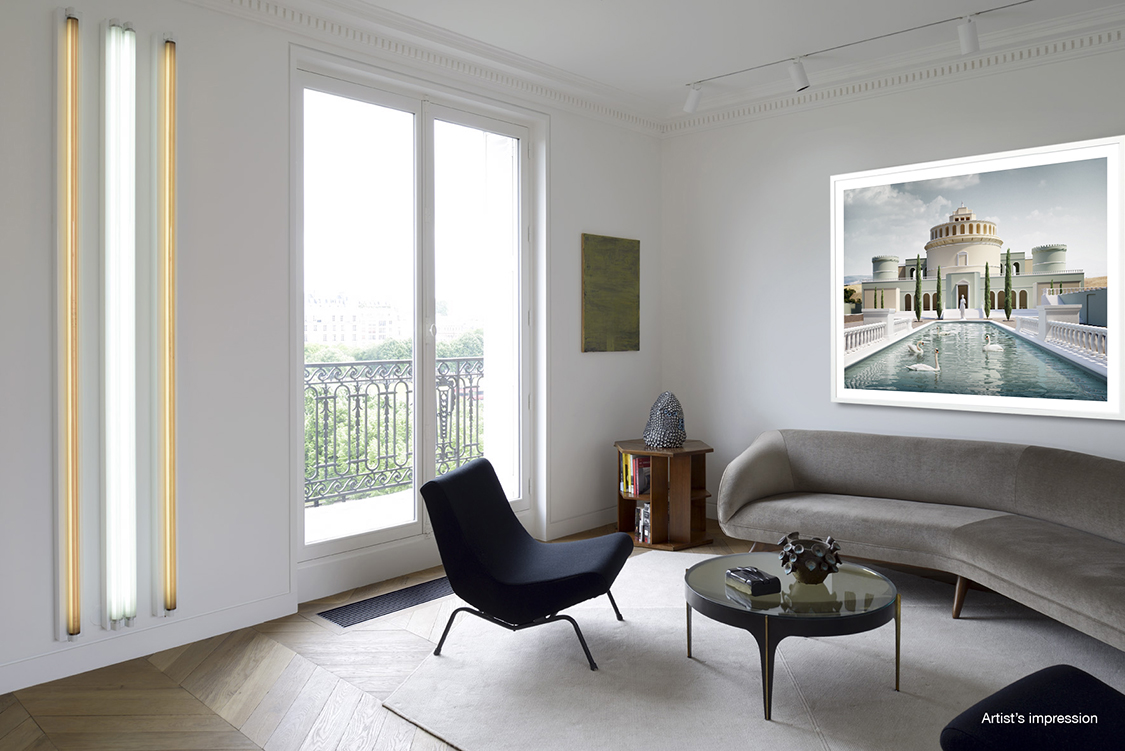
The post The Villa Print Series – Massimo Colonna appeared first on The Cool Hunter Journal.
]]>The post Black+Colour Wedding – Melbourne, Australia appeared first on The Cool Hunter Journal.
]]>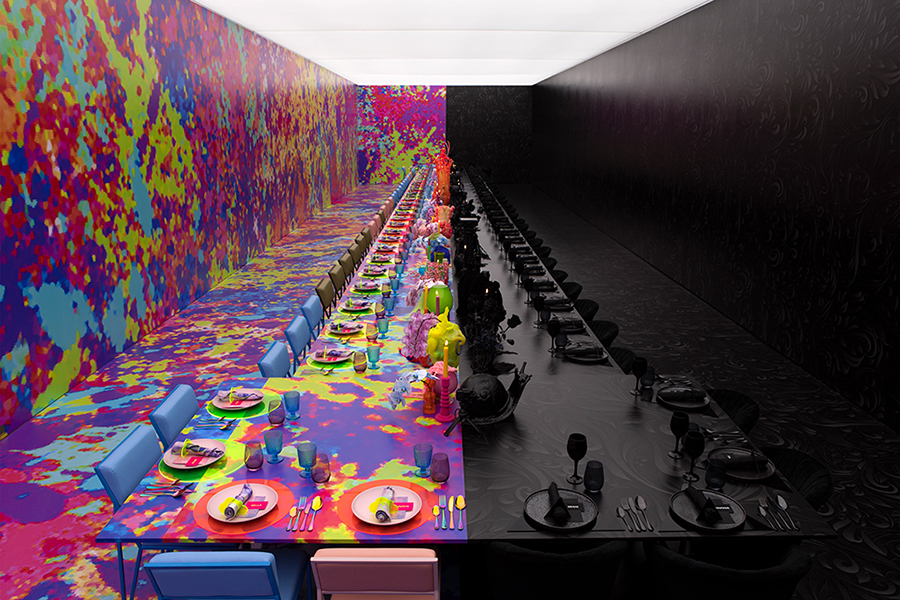
In many cultures, weddings are colourful affairs with costume changes and other colour-adding traditions dating back hundreds of years. In the Westernized world, however, weddings usually bring up visions of a lacy white bride and a black-suited groom. Lots of white flowers, gauze and princessy embellishments.
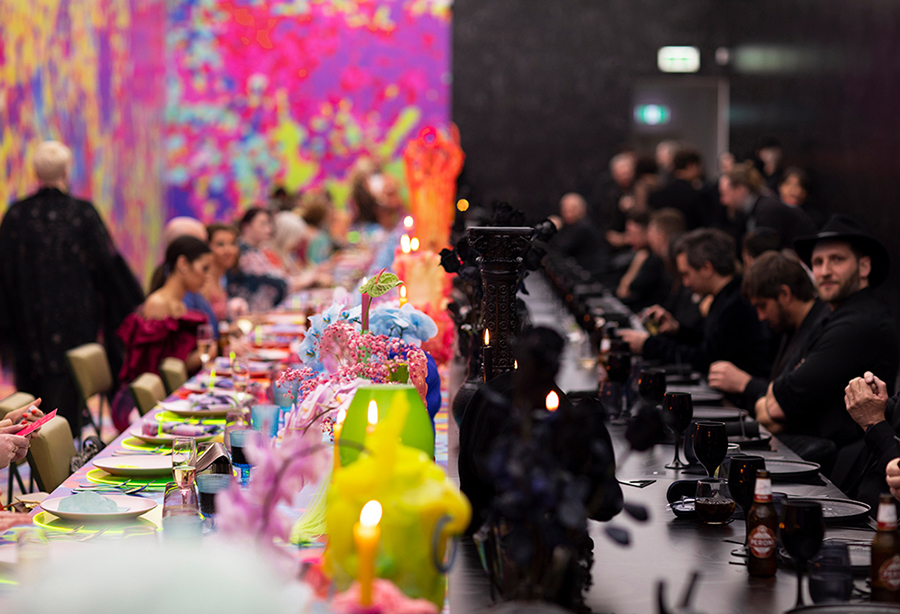
Weddings are big business with various sources reporting that in 2018 the average wedding in the U.S. cost a staggering $32,000 – $44,000. And in the U.S. alone, the wedding industry is worth an estimated $72 billion while the global wedding market is an estimated $300 billion.
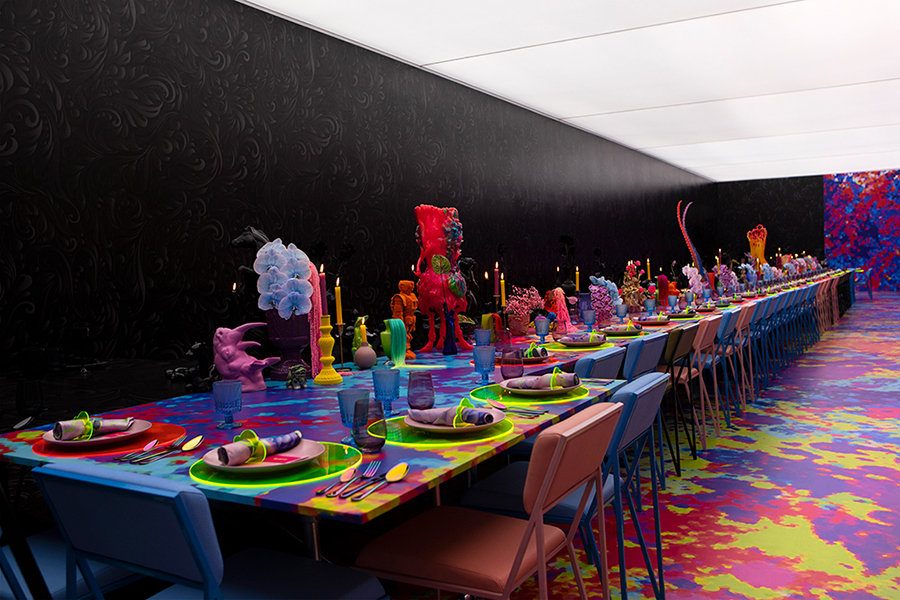
Big business indeed, with magazines, blogs and bridal shows fuelling the flames. So it is no wonder that even otherwise frugal couples seem to go crazy in their quest for the perfect fantasy wedding and that they generally opt for a white wedding.
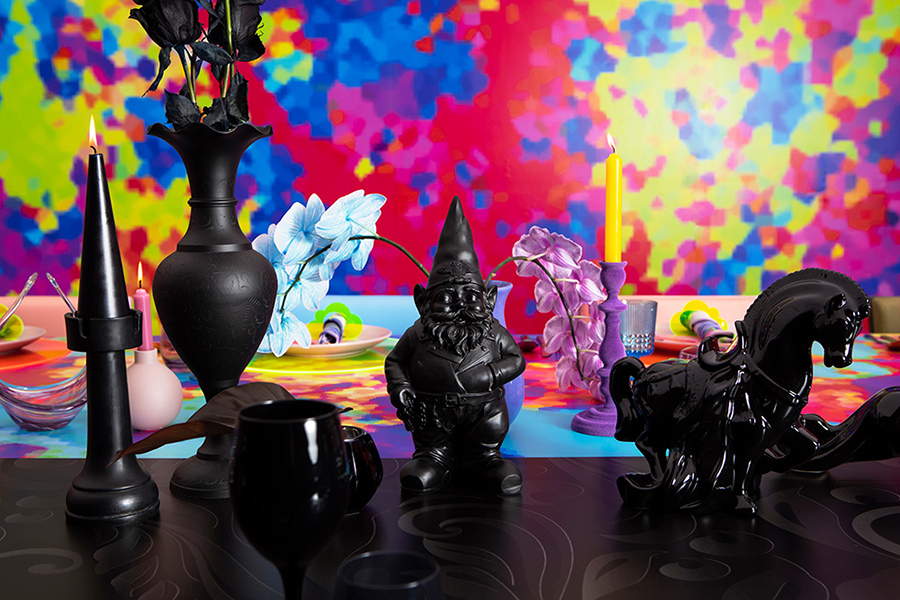
In this light, it is refreshing to see a couple deciding to go completely their own way with their event yet still manage to accomplish most of the things that weddings generally do – the ceremony with the dressed-up couple and their dressed-up guests, and a boisterous party afterwards.
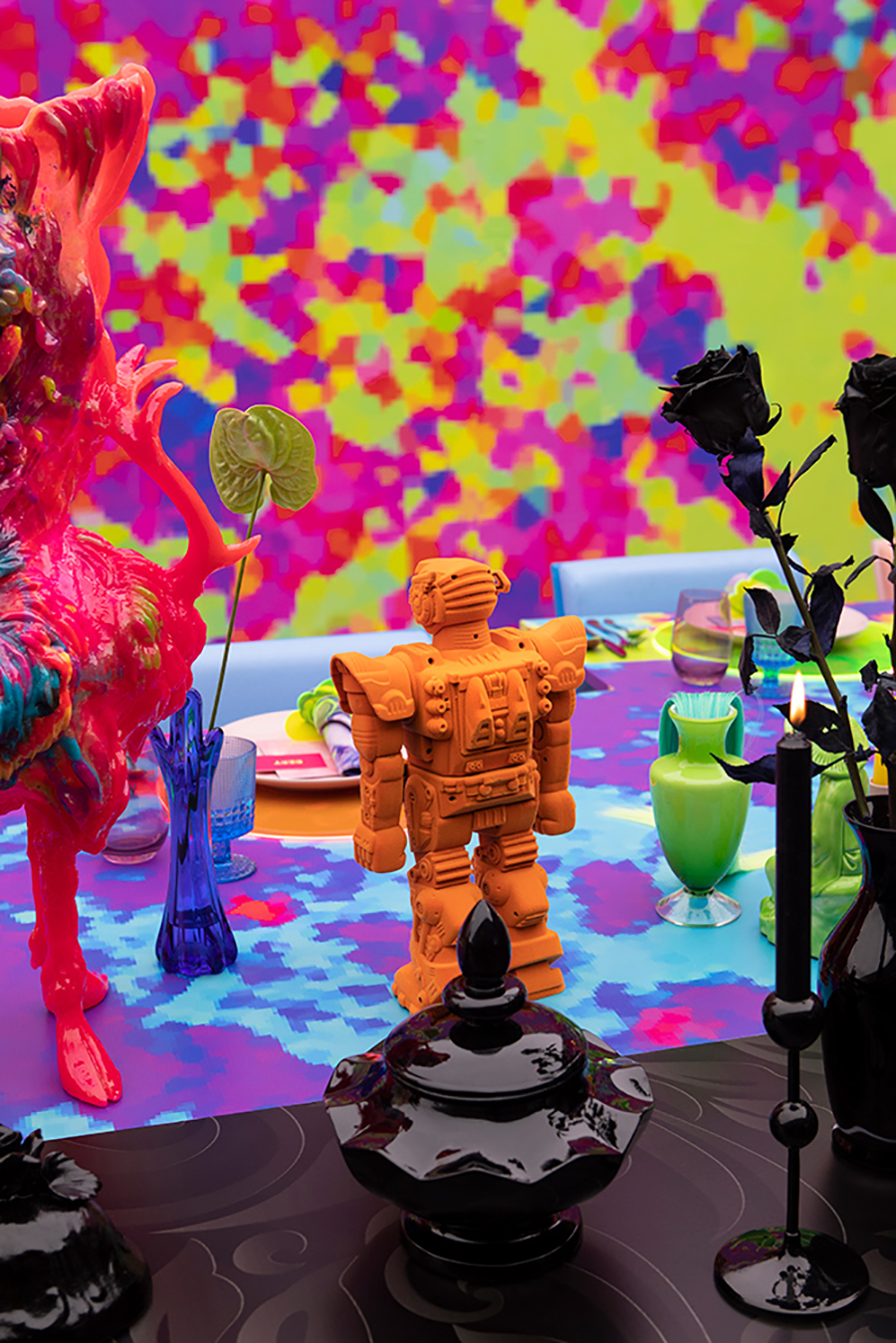
But for Von and Ryan Bishop’s wedding, there was no white. It was all black and bright colours to reflect their contrasting personalities. Von is all black, Ryan is all colour.
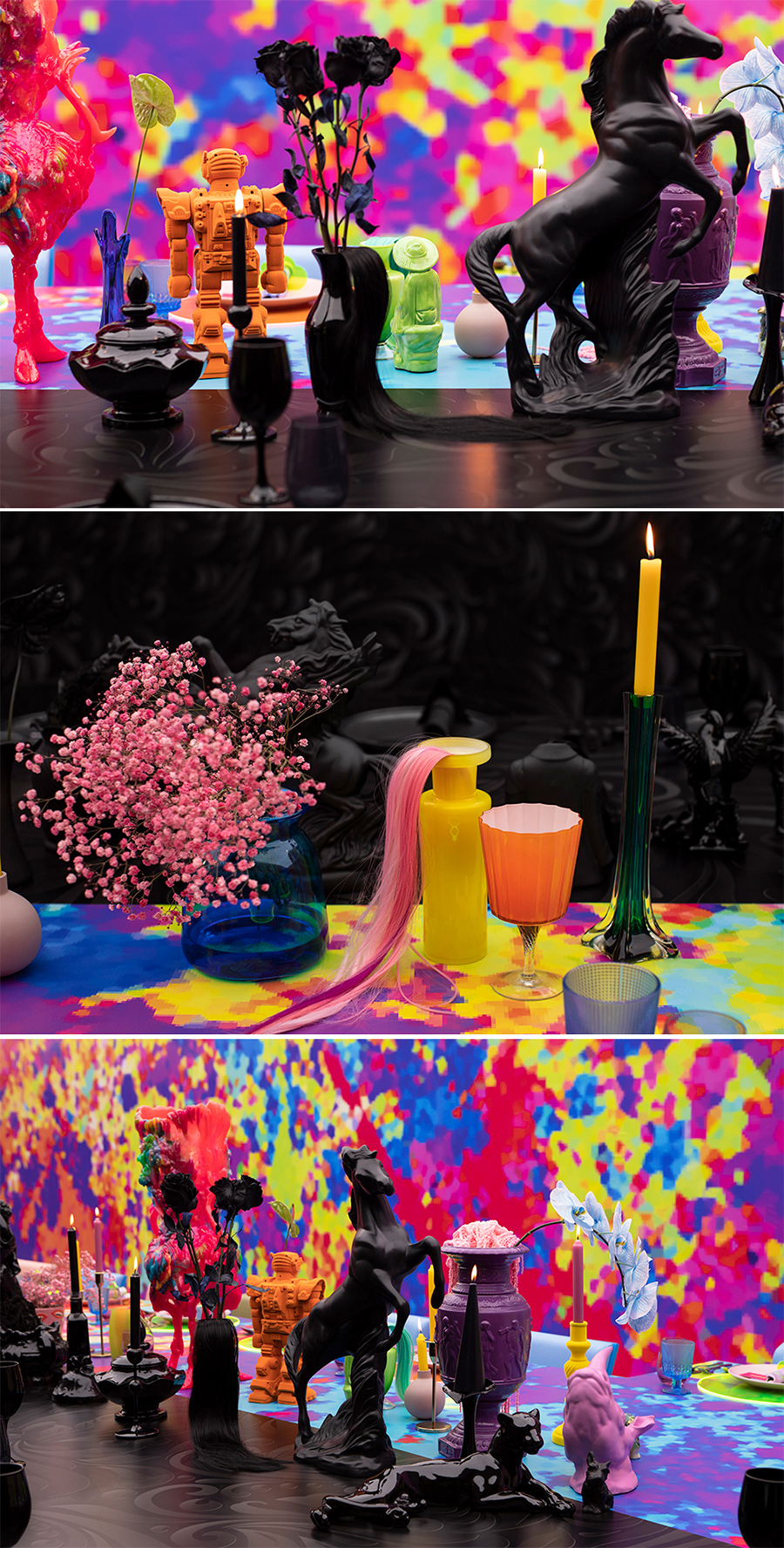
After knowing each other for 12 years, the couple got engaged last year and married this August. Initially they didn’t want a wedding at all, but then decided to please their parents and have a real party but make it into a bit of a work-related project, too. Von is a graphic designer and owner of Ivy creative. Ryan is a printer and owner of Boom Studios. Both are in Collingwood neighbourhood of Melbourne, Australia.
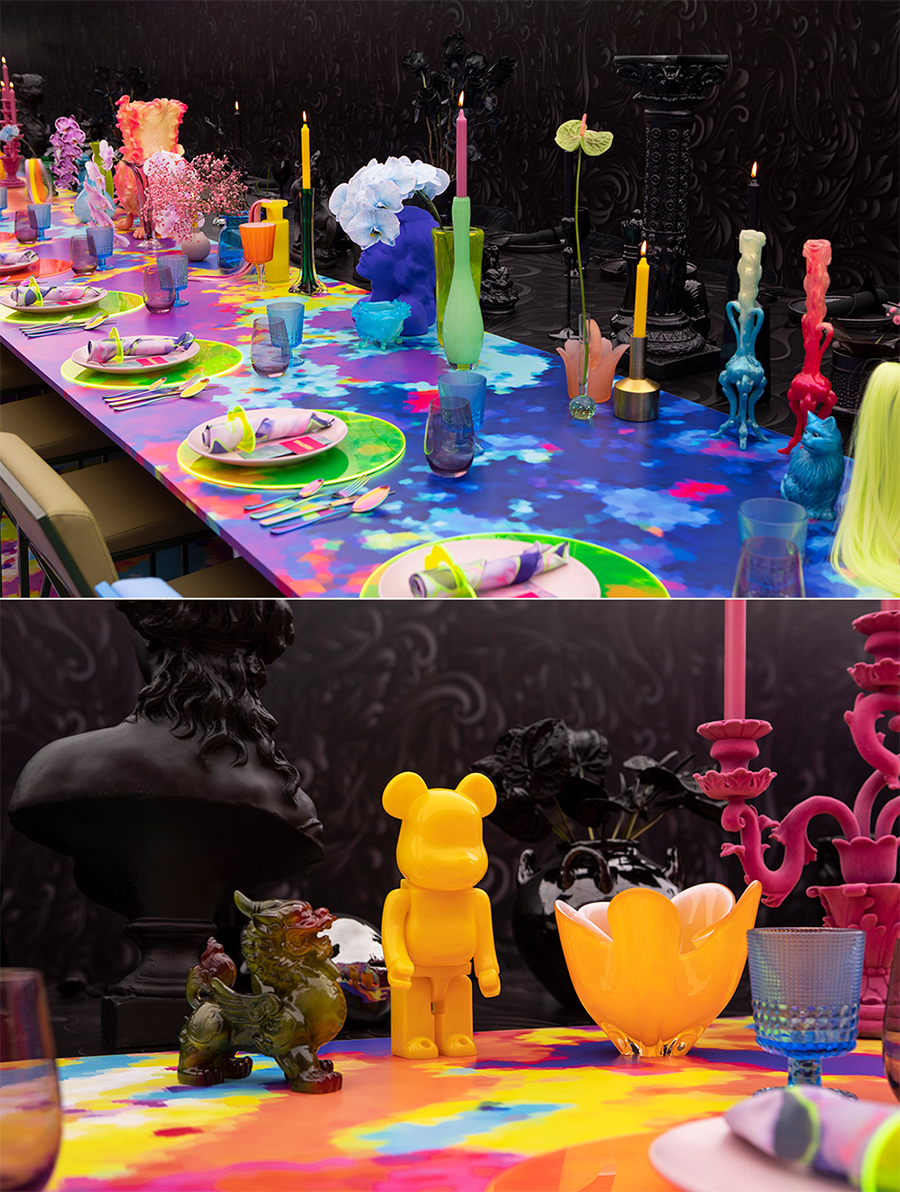
The project started with the two finding a space they liked, Neon Parc an art gallery in the Brunswick neighbourhood. It is not for rent but they managed to convince the owner that a wedding built for one night only is really an exhibition.
They set to work designing their wedding within the confines of the 30 x 7-metre (98.5 x 22 ft) empty, grey space. The concept idea was a collision of neon-bright colours against black. They build everything from scratch including a kitchen in the parking lot behind the gallery. Only a 23-metre (75 ft) table fit in the space so that determined the number of guests: 74.
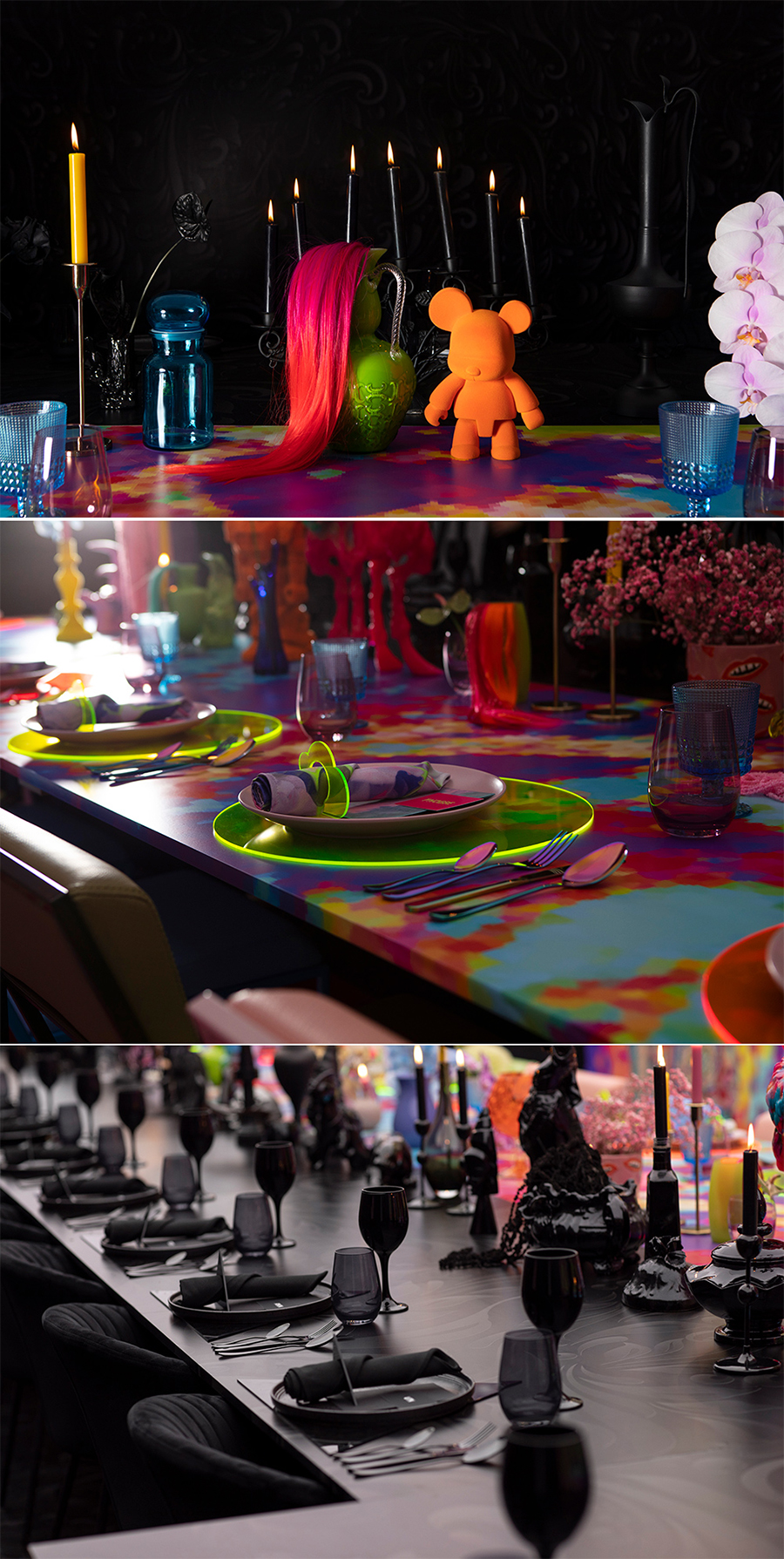
The table was designed by Boom’s industrial design team and built on site from leftover materials from other projects. The table setting was designed by Von and her sister, interior designer Danica. They scoured second-hand shops, flea markets and garage sales for statues and toys that were painted and/or velvet-flocked at Boom.
Each of the couple picked out their personal favourite graphics. Boom printed and installed in total 552 square metres (5,942 sq. ft) of graphics made of heading-to-garbage material donated by various suppliers.
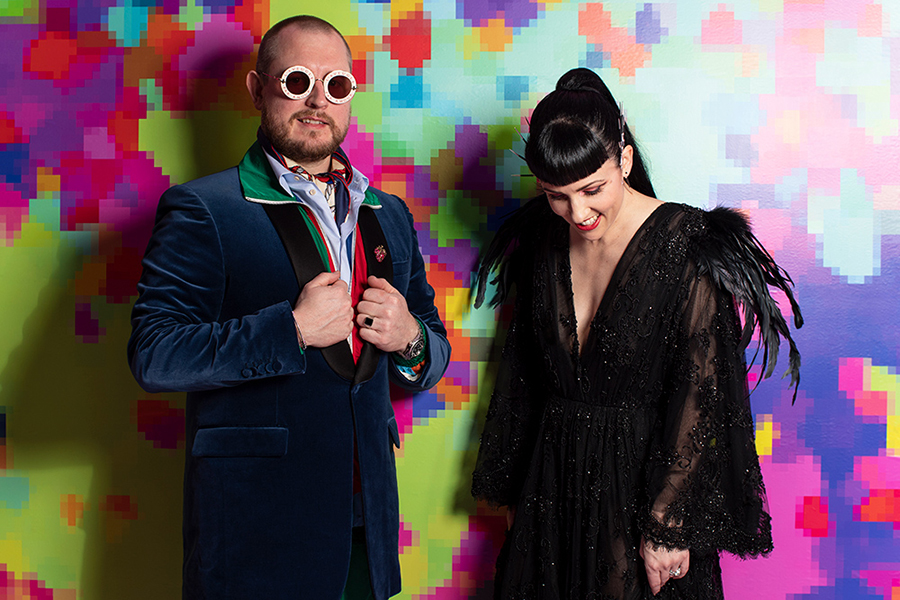
The guests were told nothing in advance, except the couples were asked to select either all colour or all black. Single guests were told which colour to wear so that they would match the décor perfectly. They didn’t even know where the wedding would be, until the day of the event.
Upon entering the space they were served a colour cocktail and a dark cocktail. After a short mix-and-mingle and a super-short ceremony, the real party started with food served banquet-style. “We had the best party of all time, and we ate and drank till 4 a.m.,” the happy couple says. Tuija Seipell.

The post Black+Colour Wedding – Melbourne, Australia appeared first on The Cool Hunter Journal.
]]>